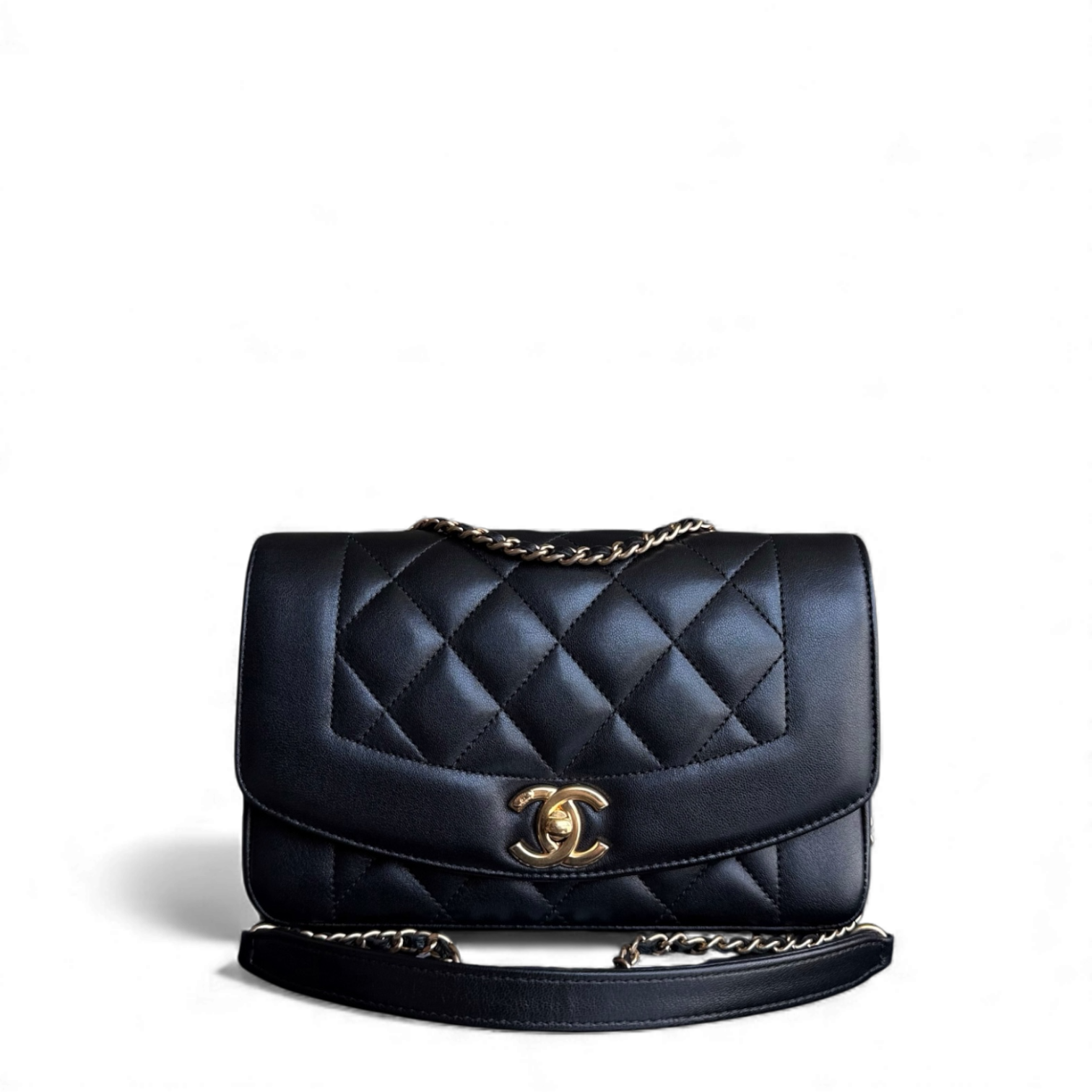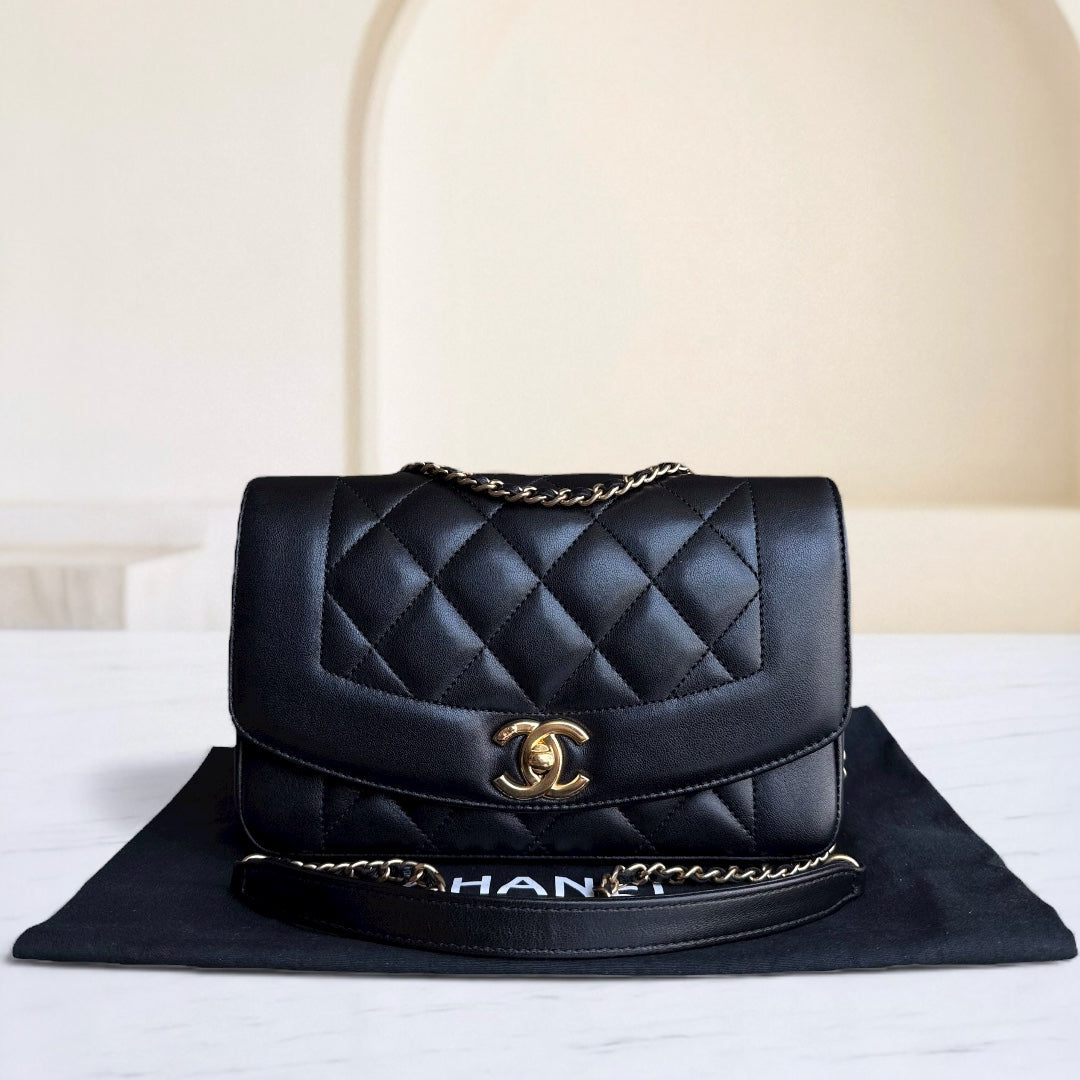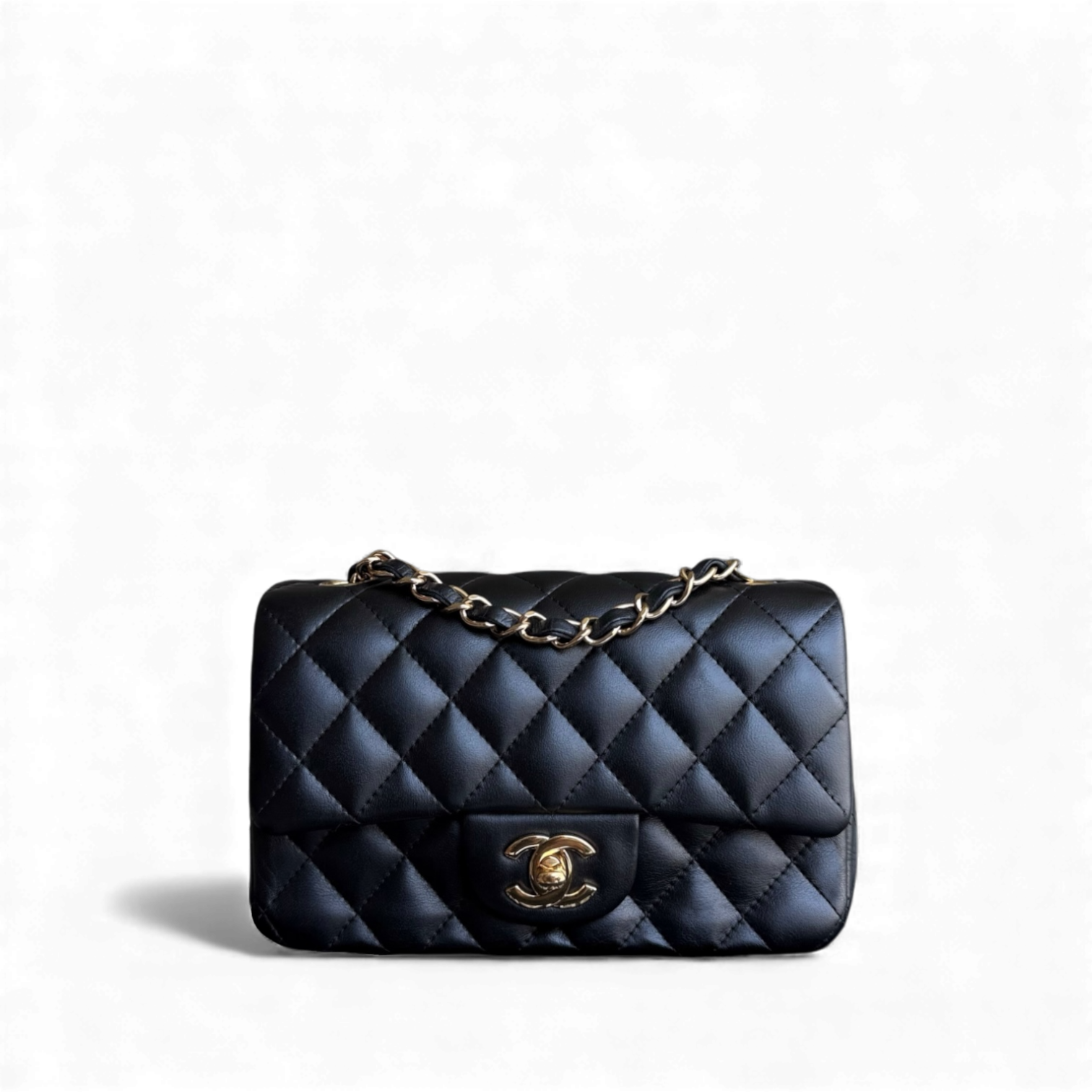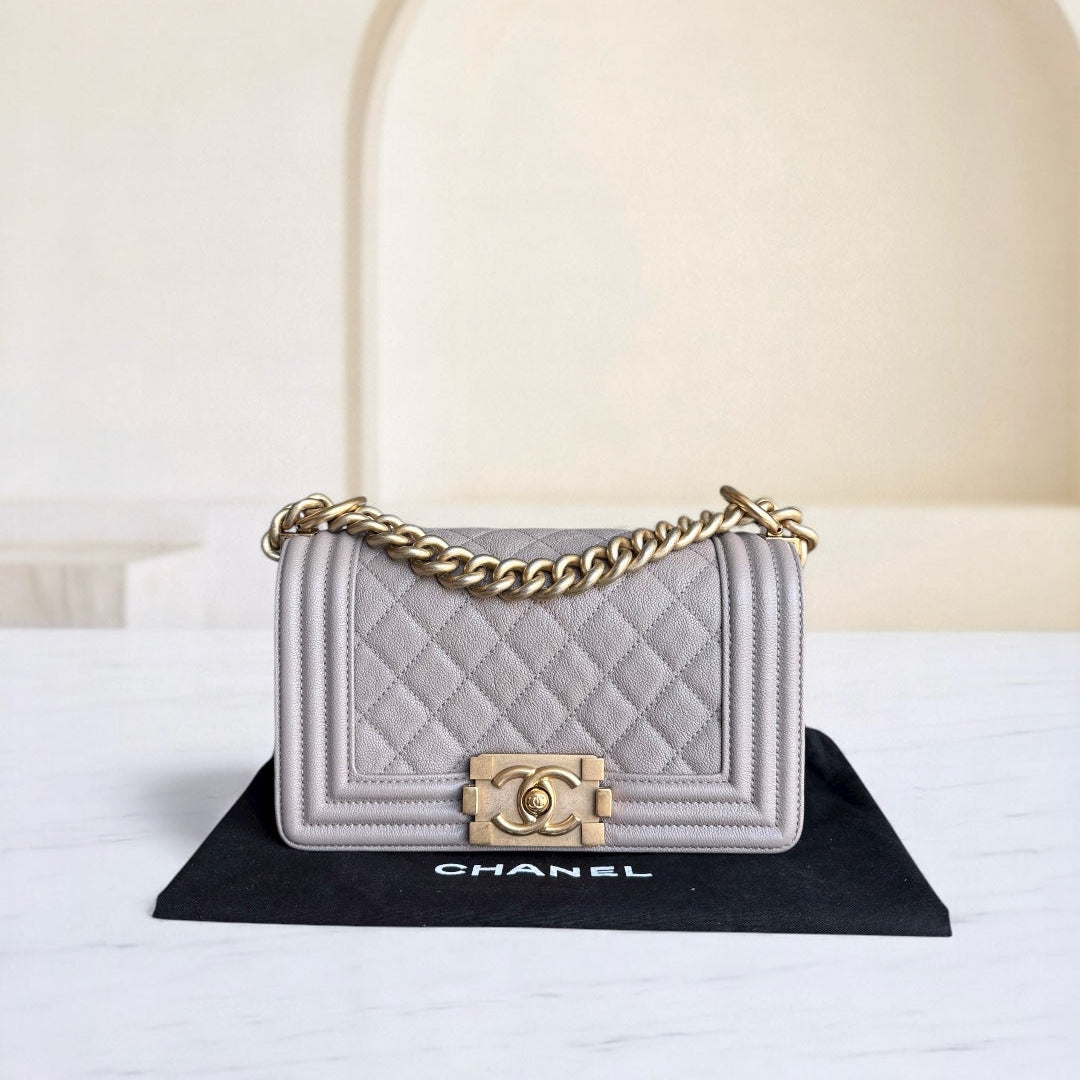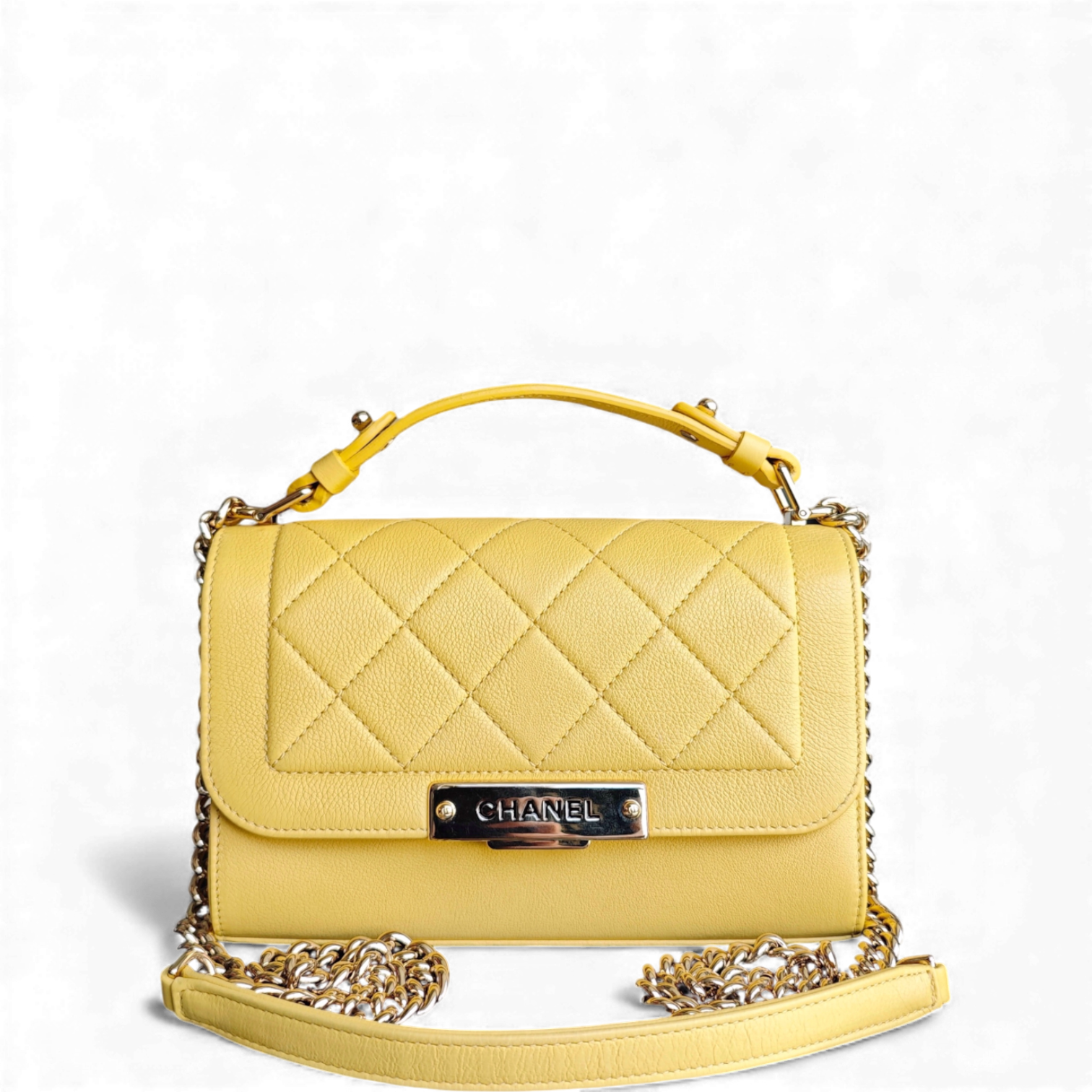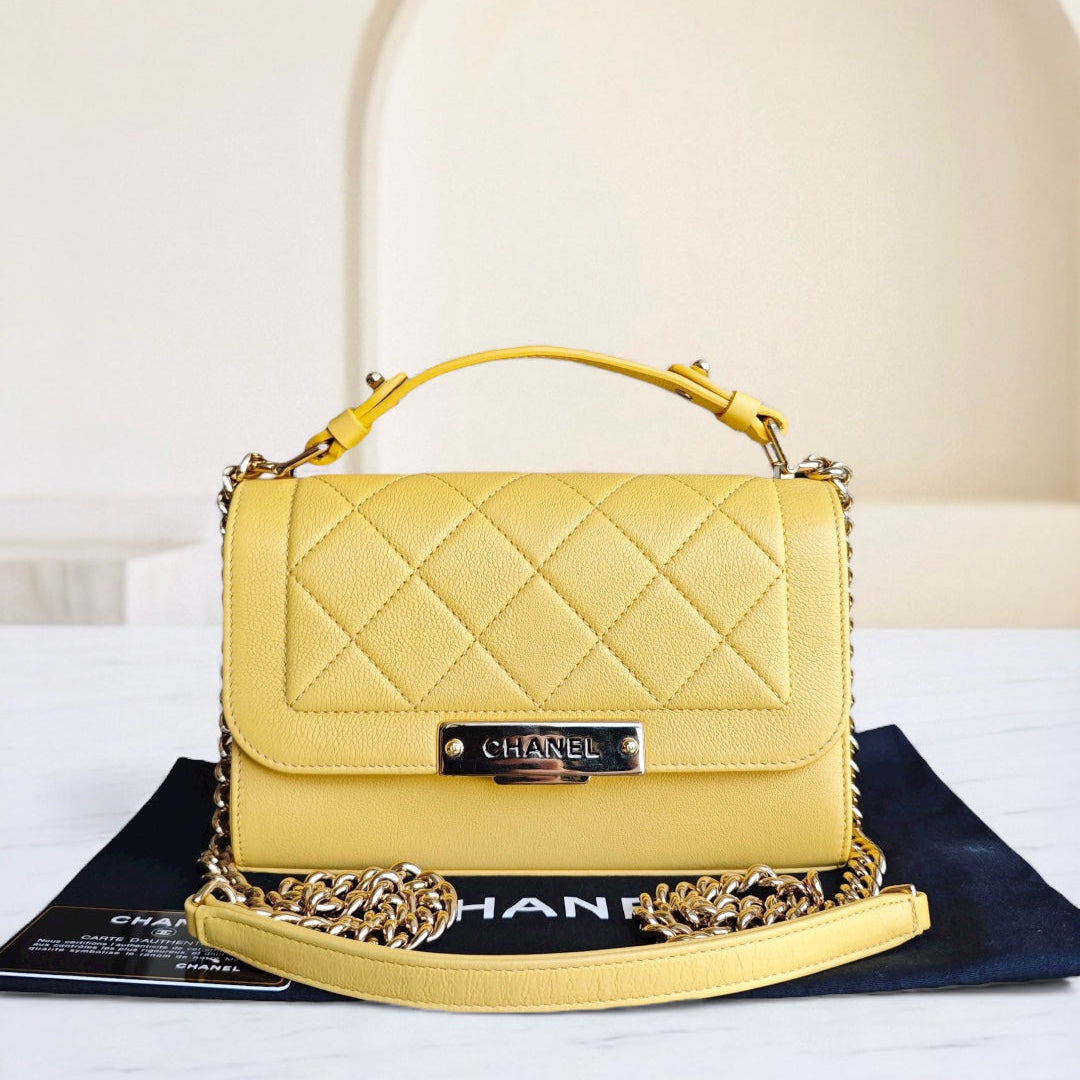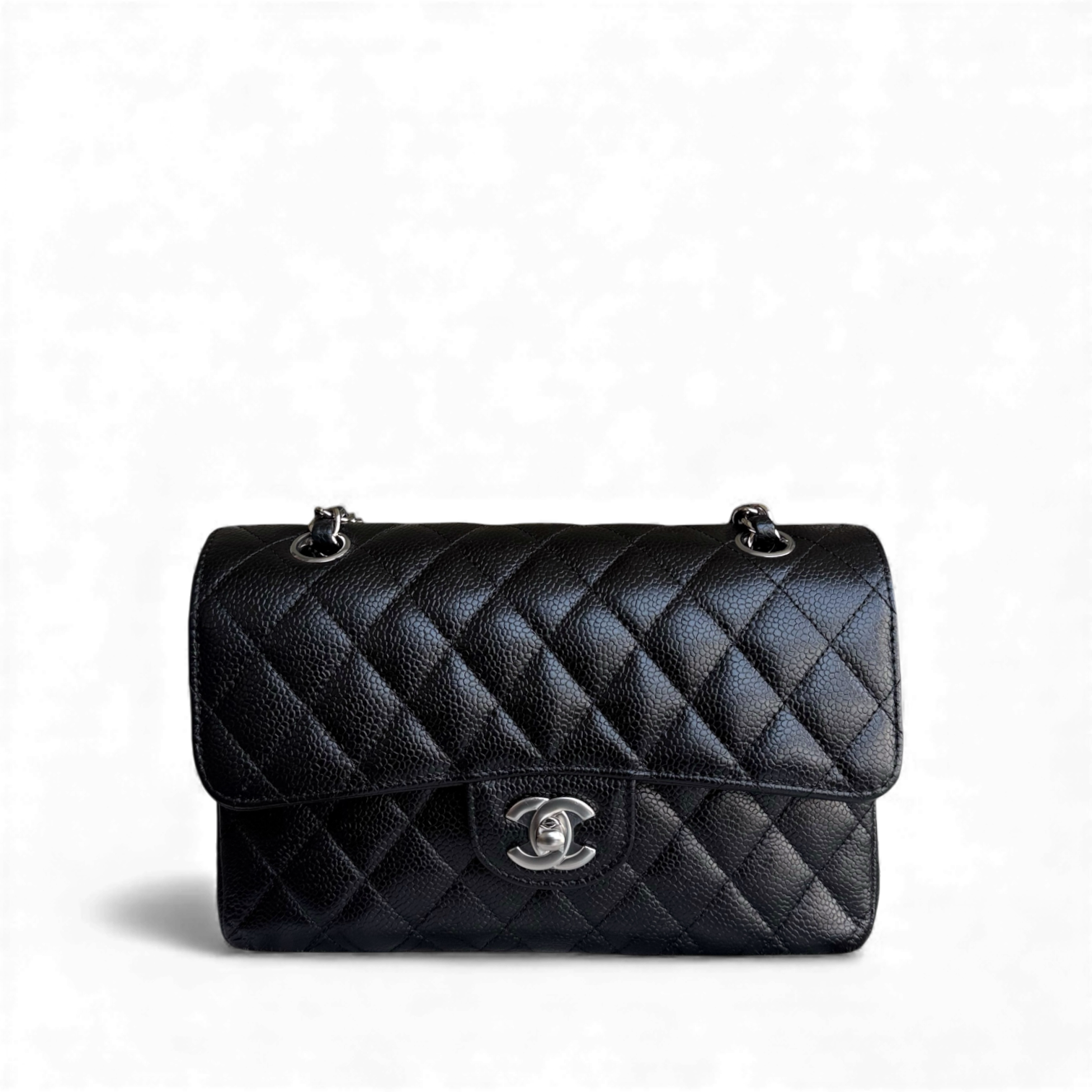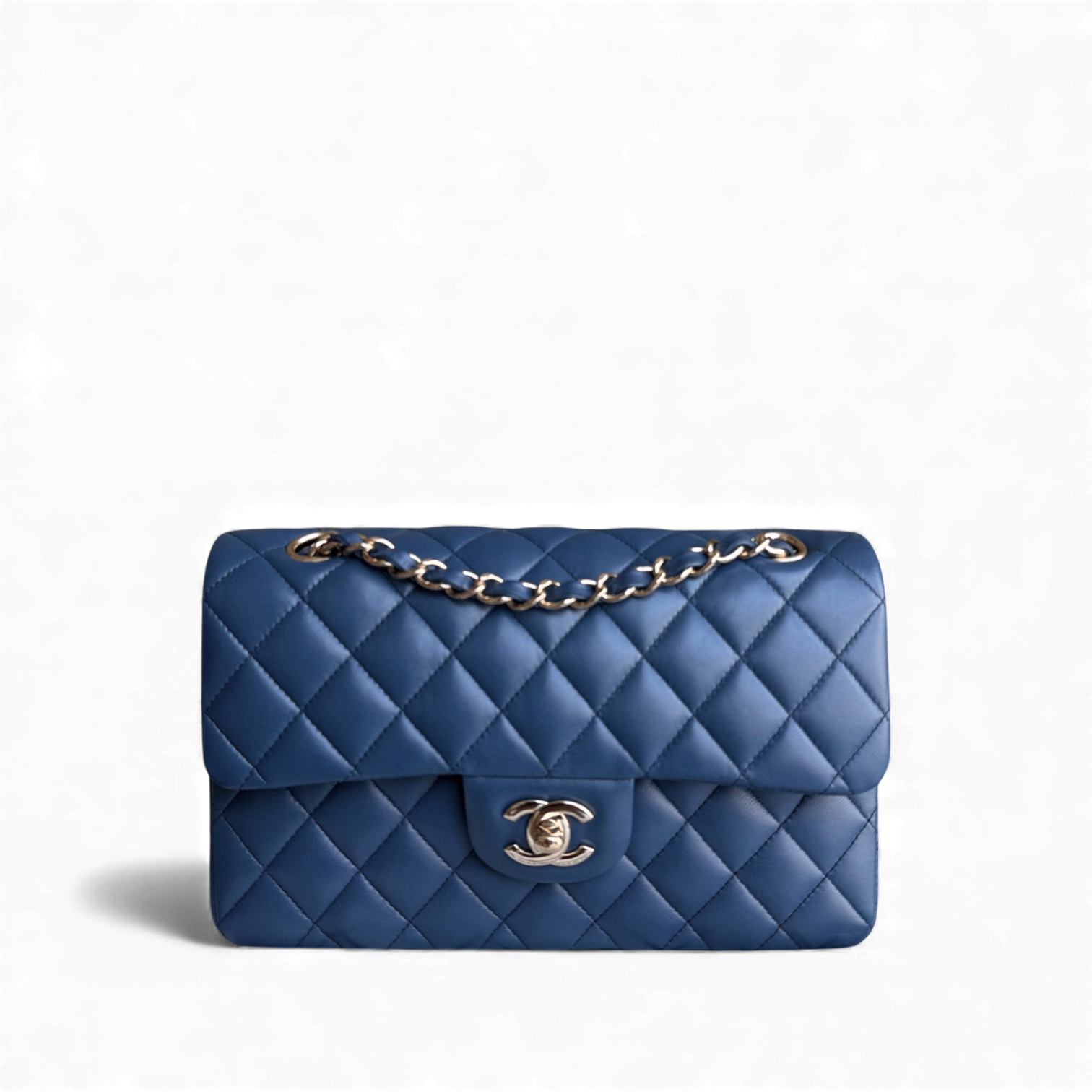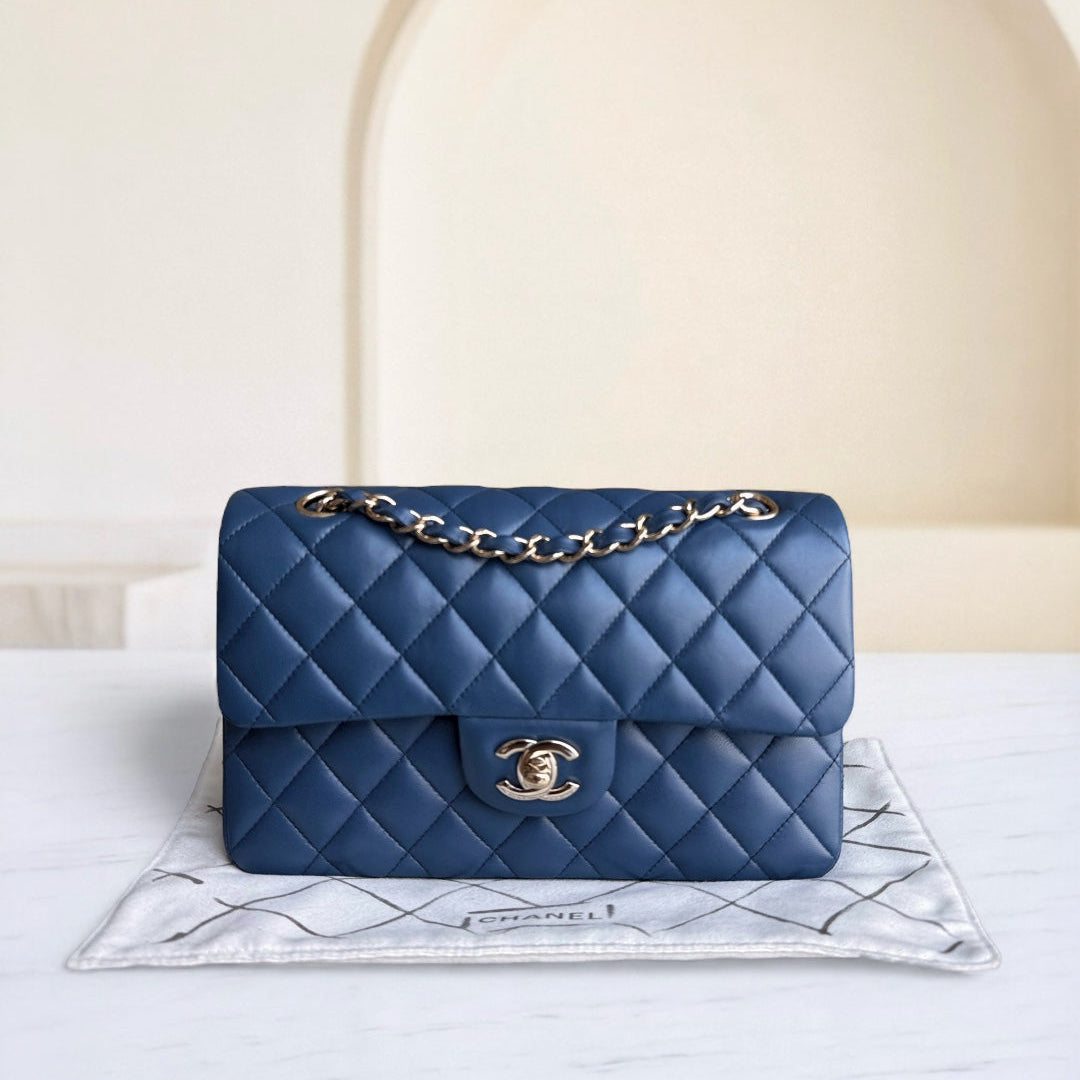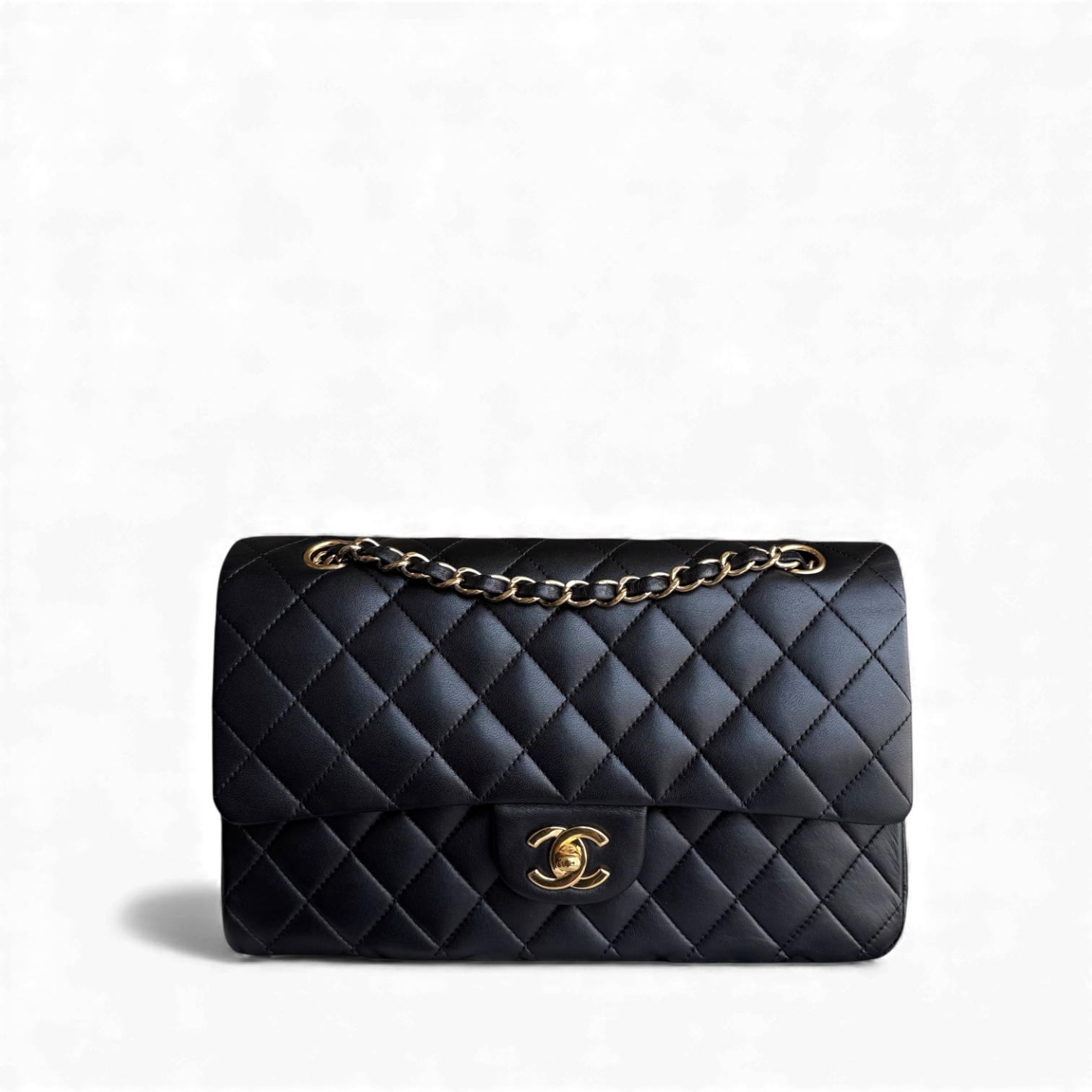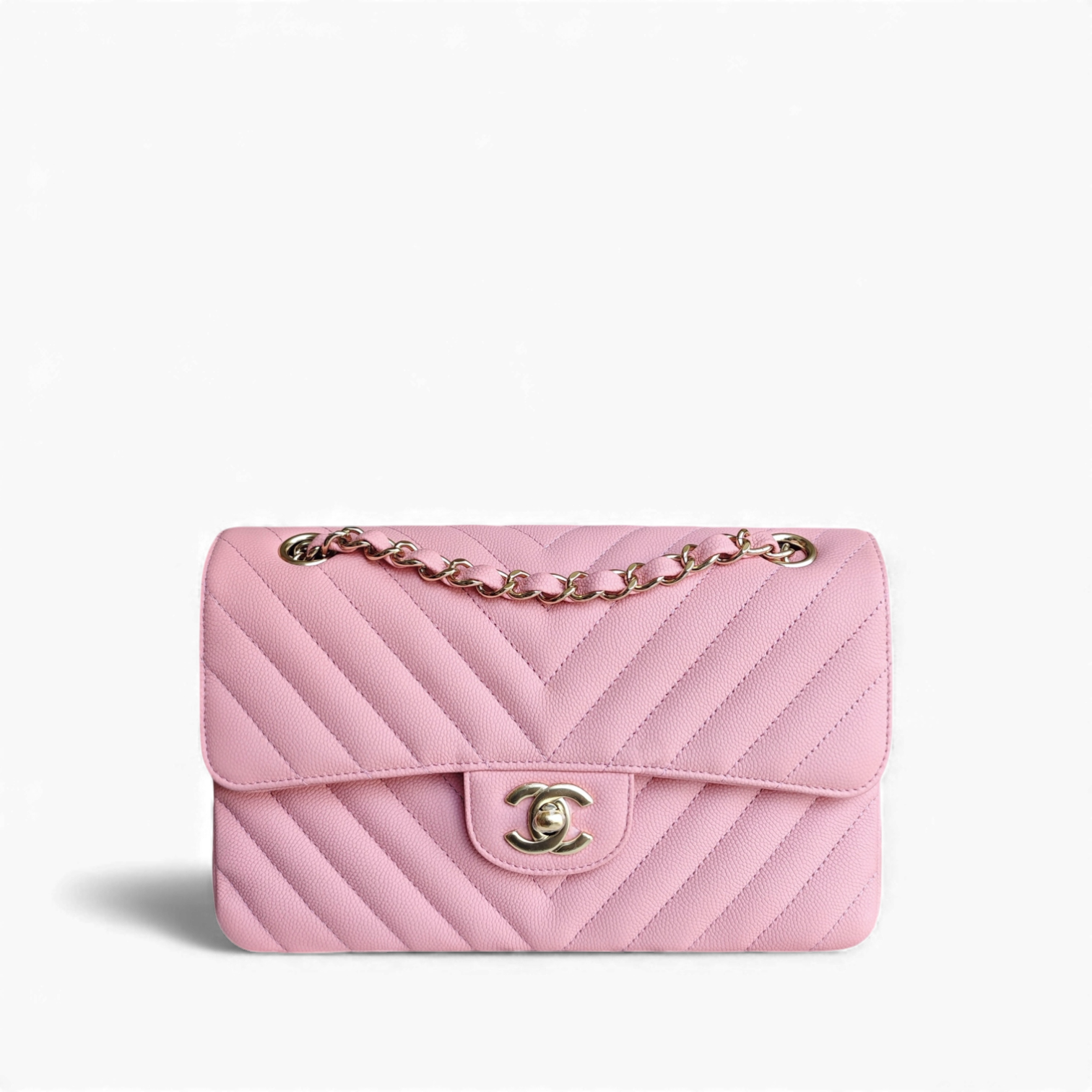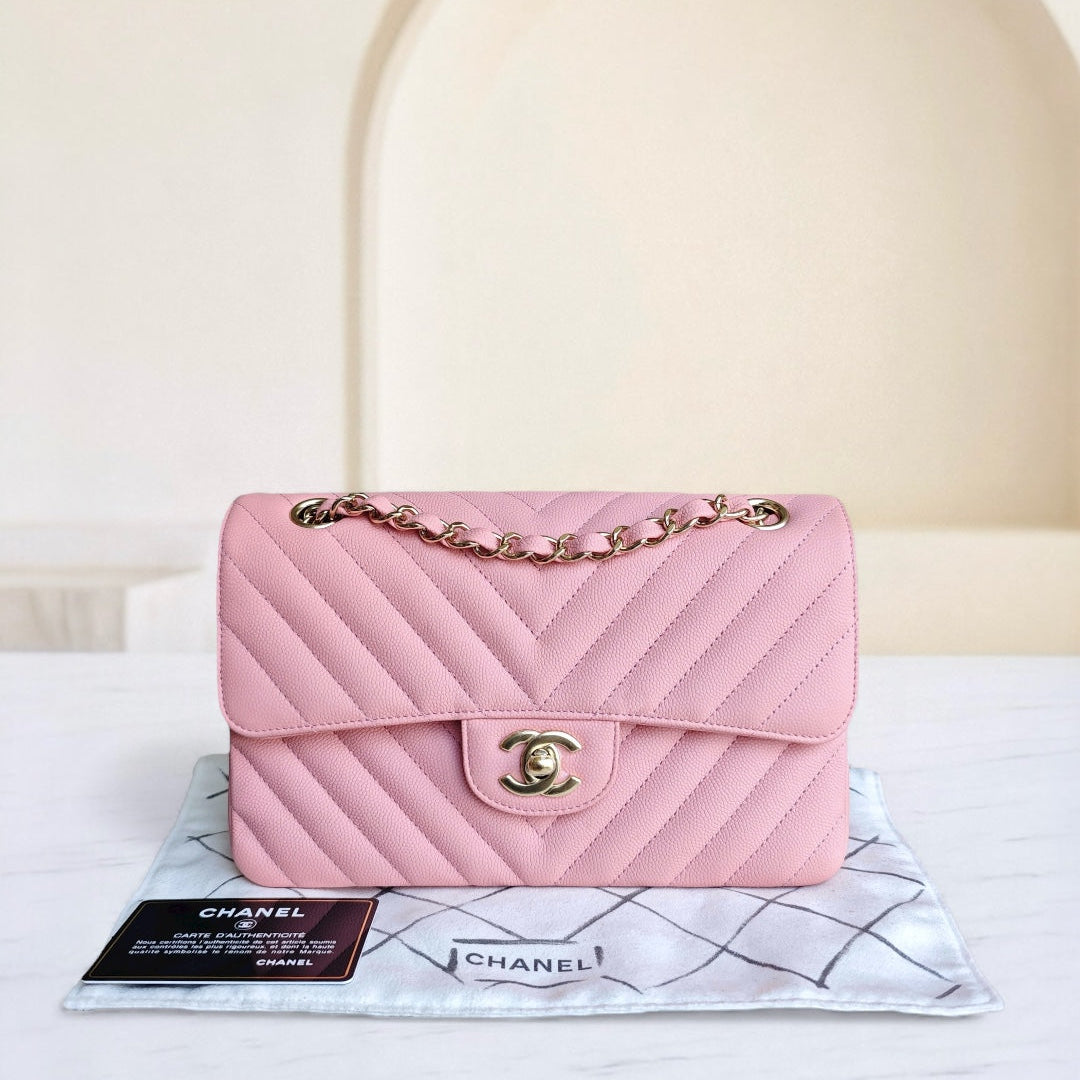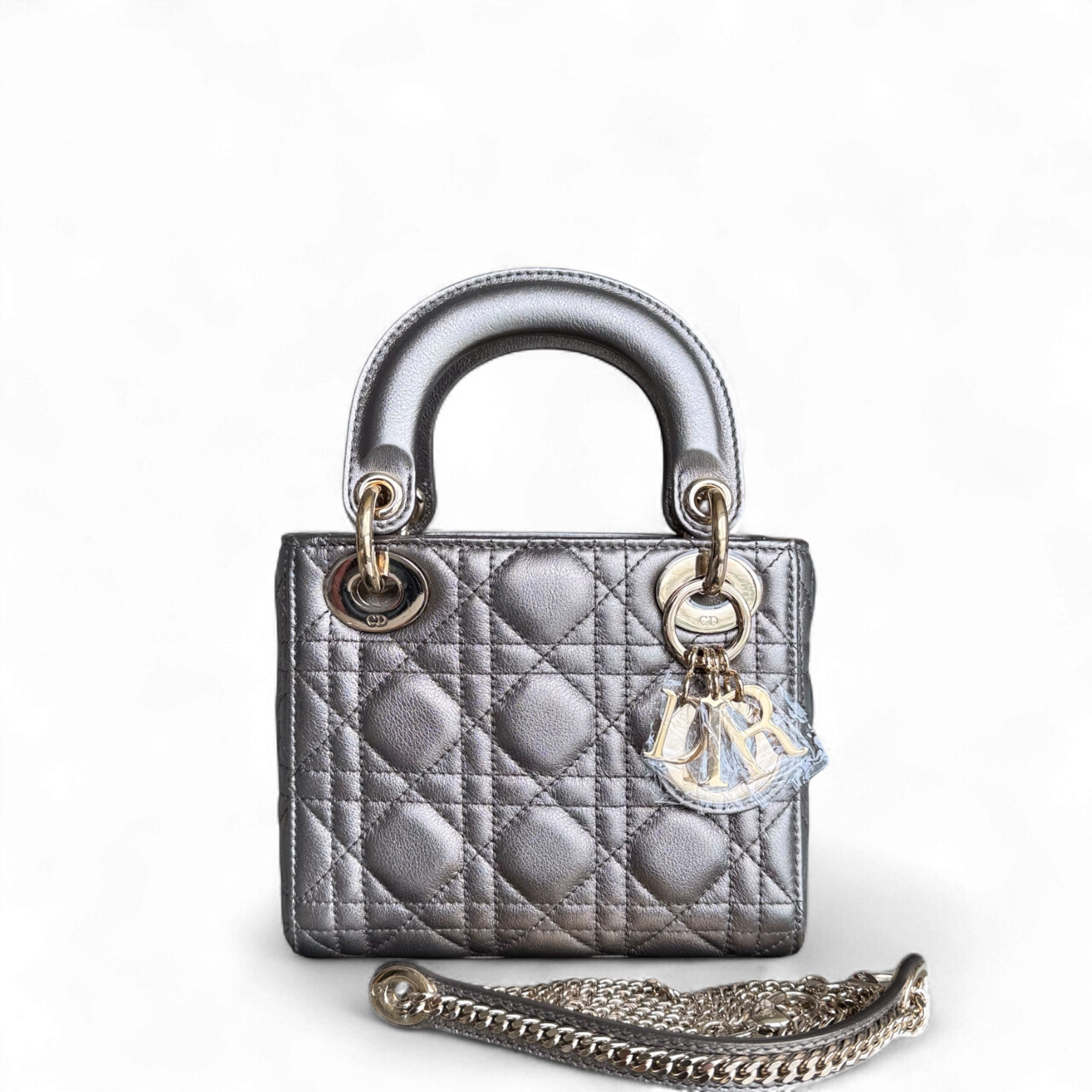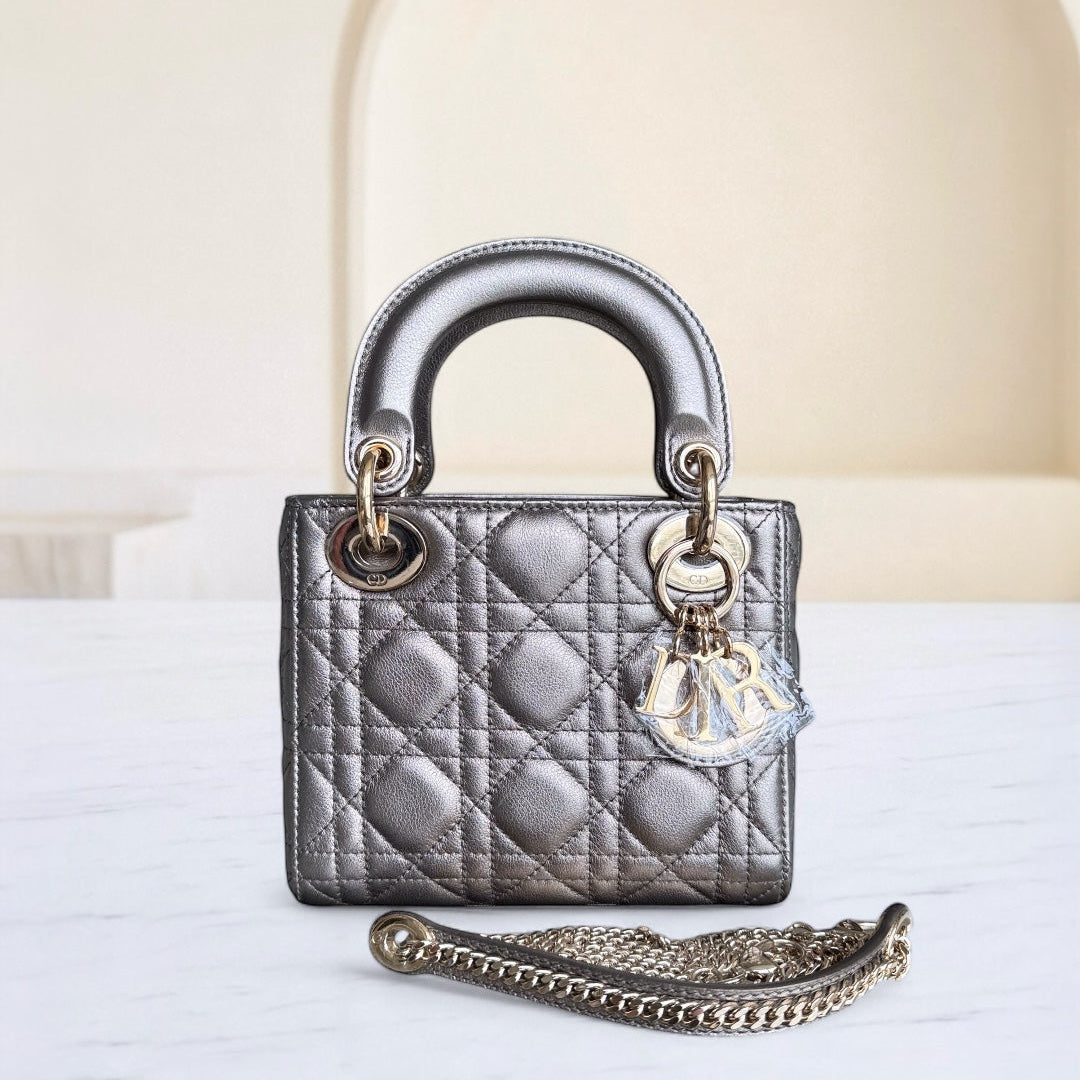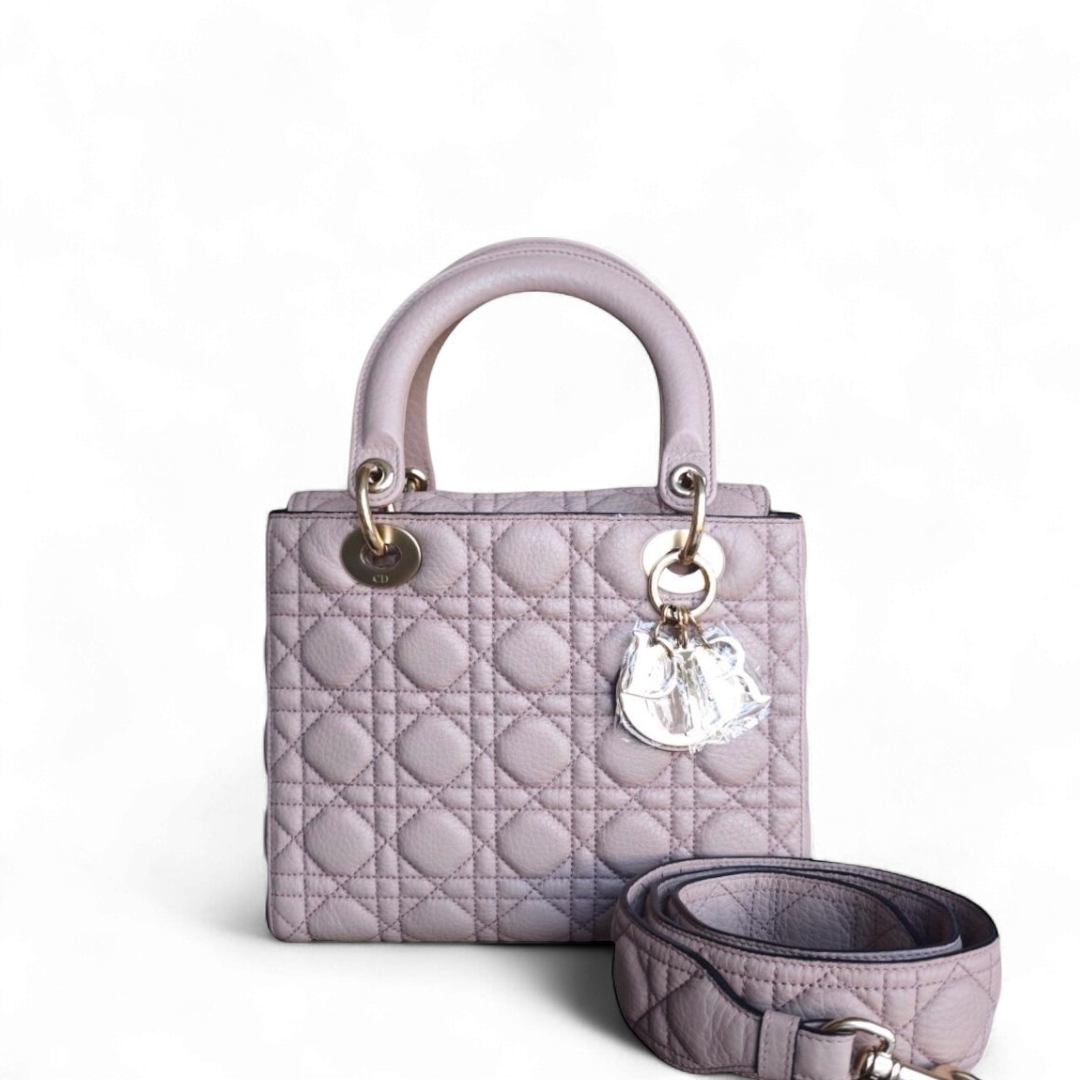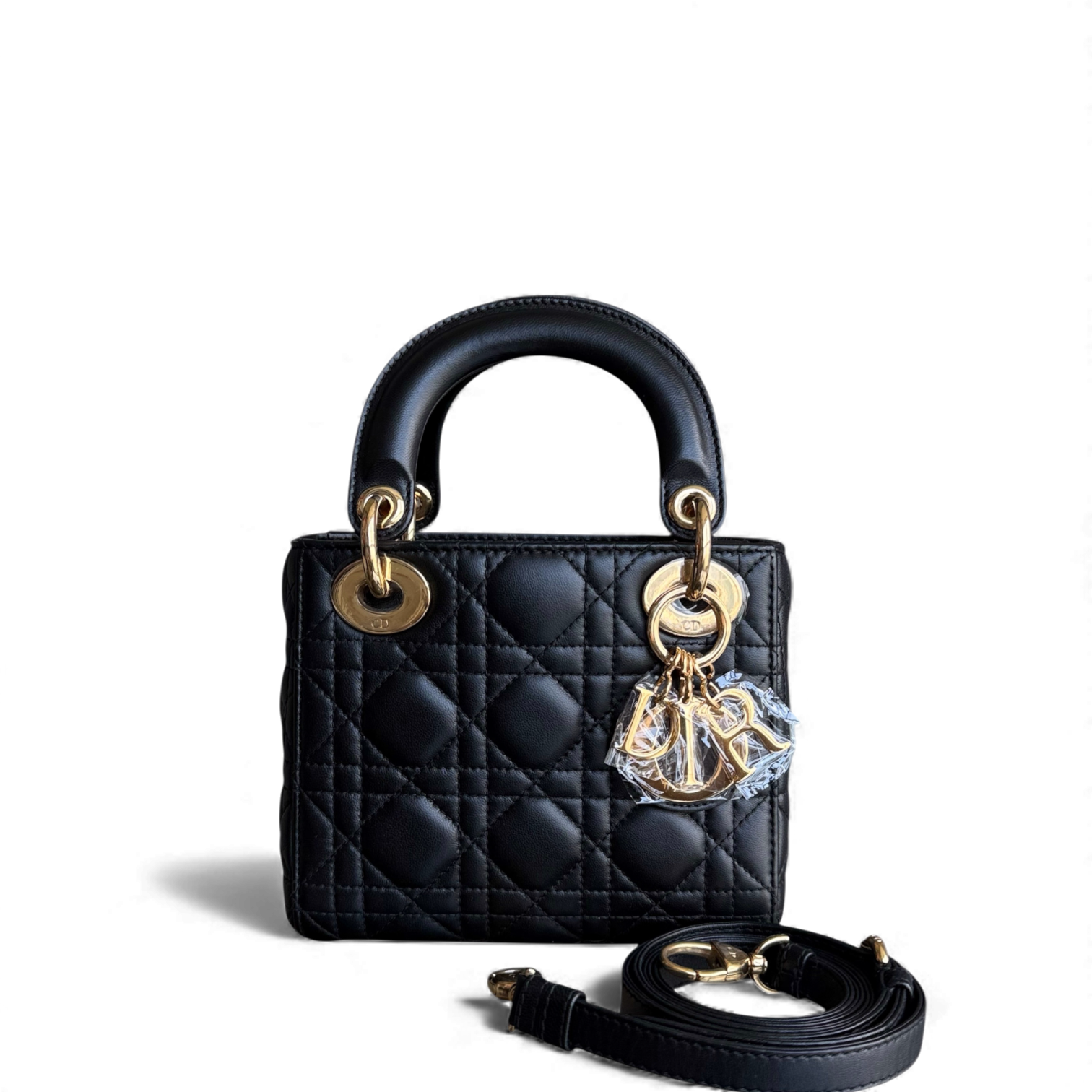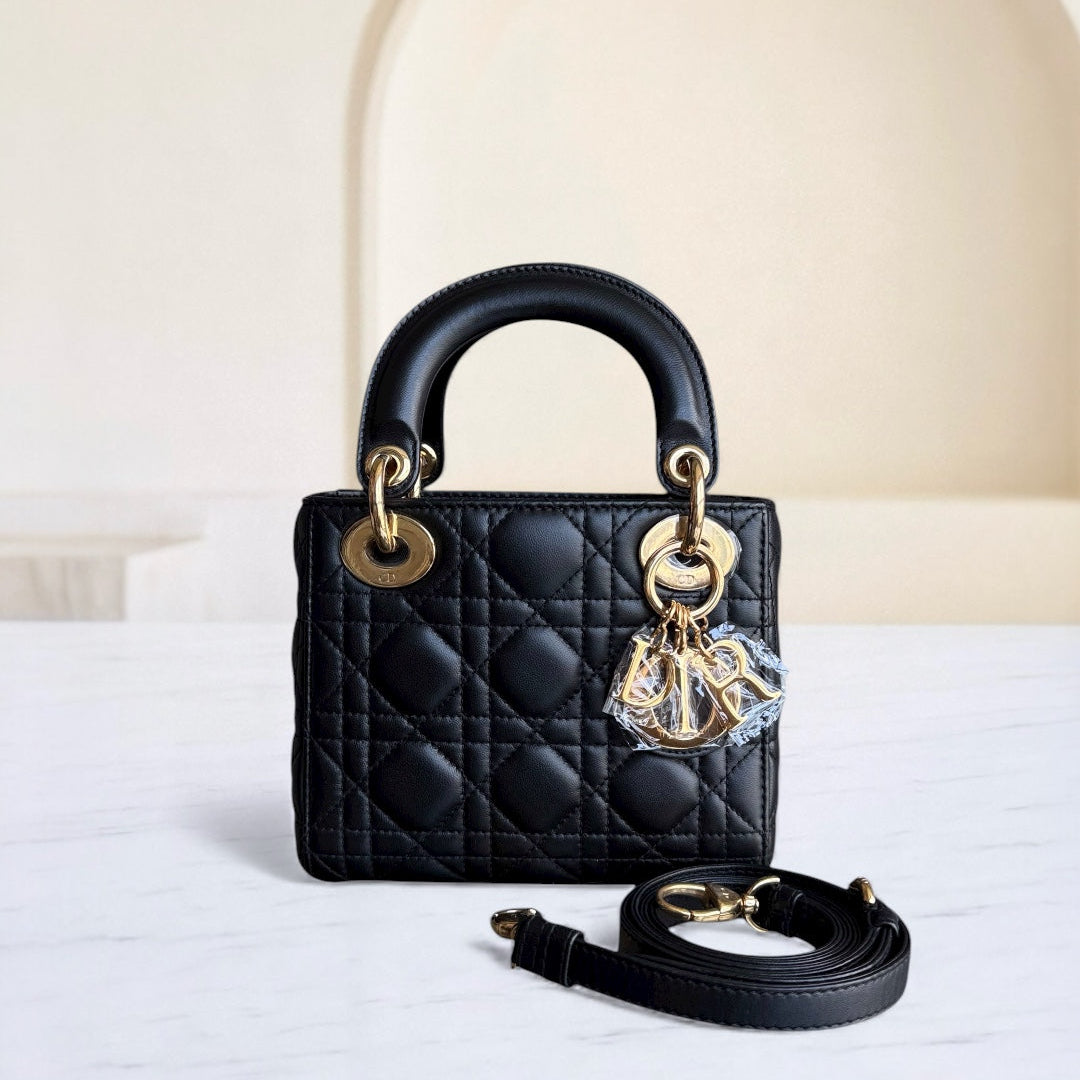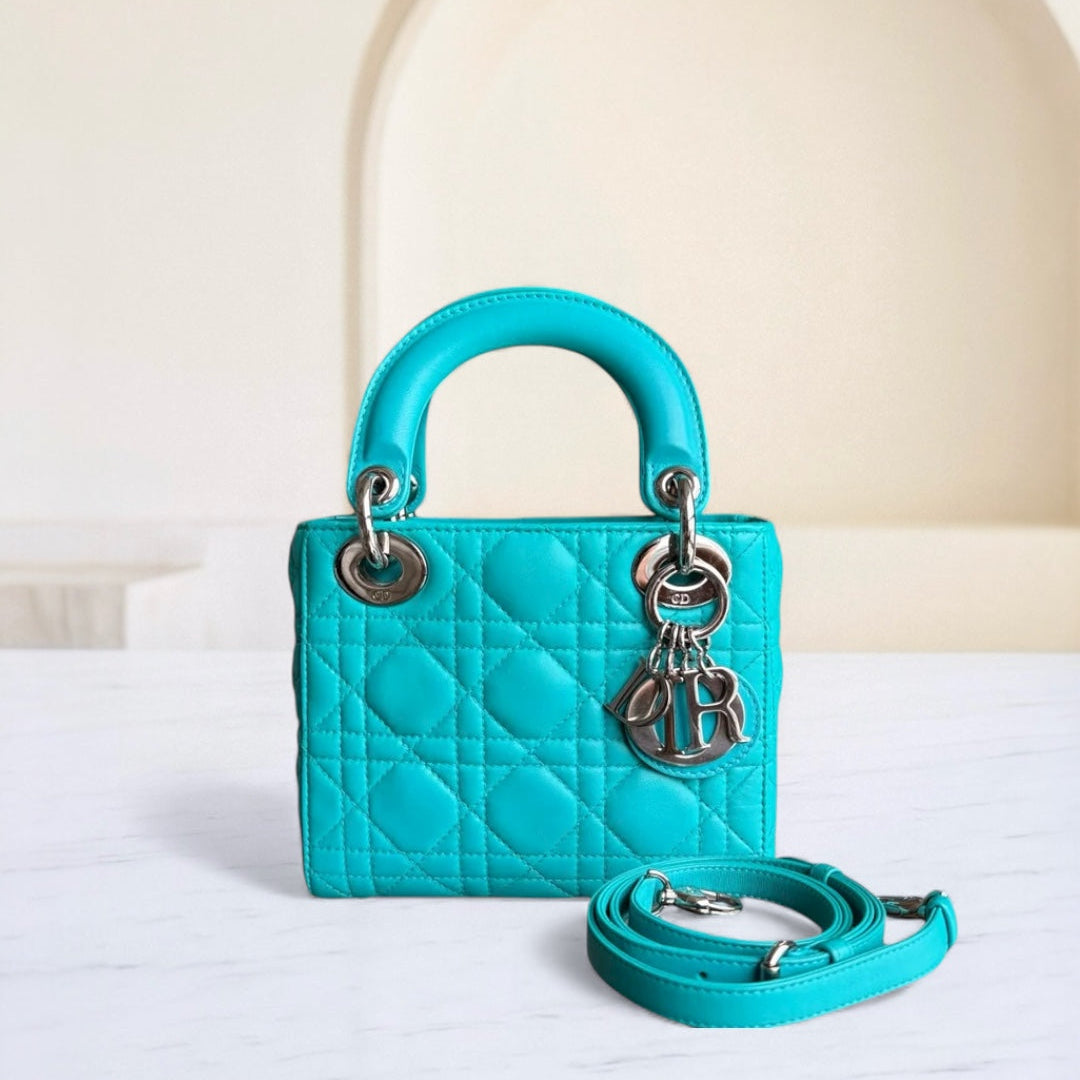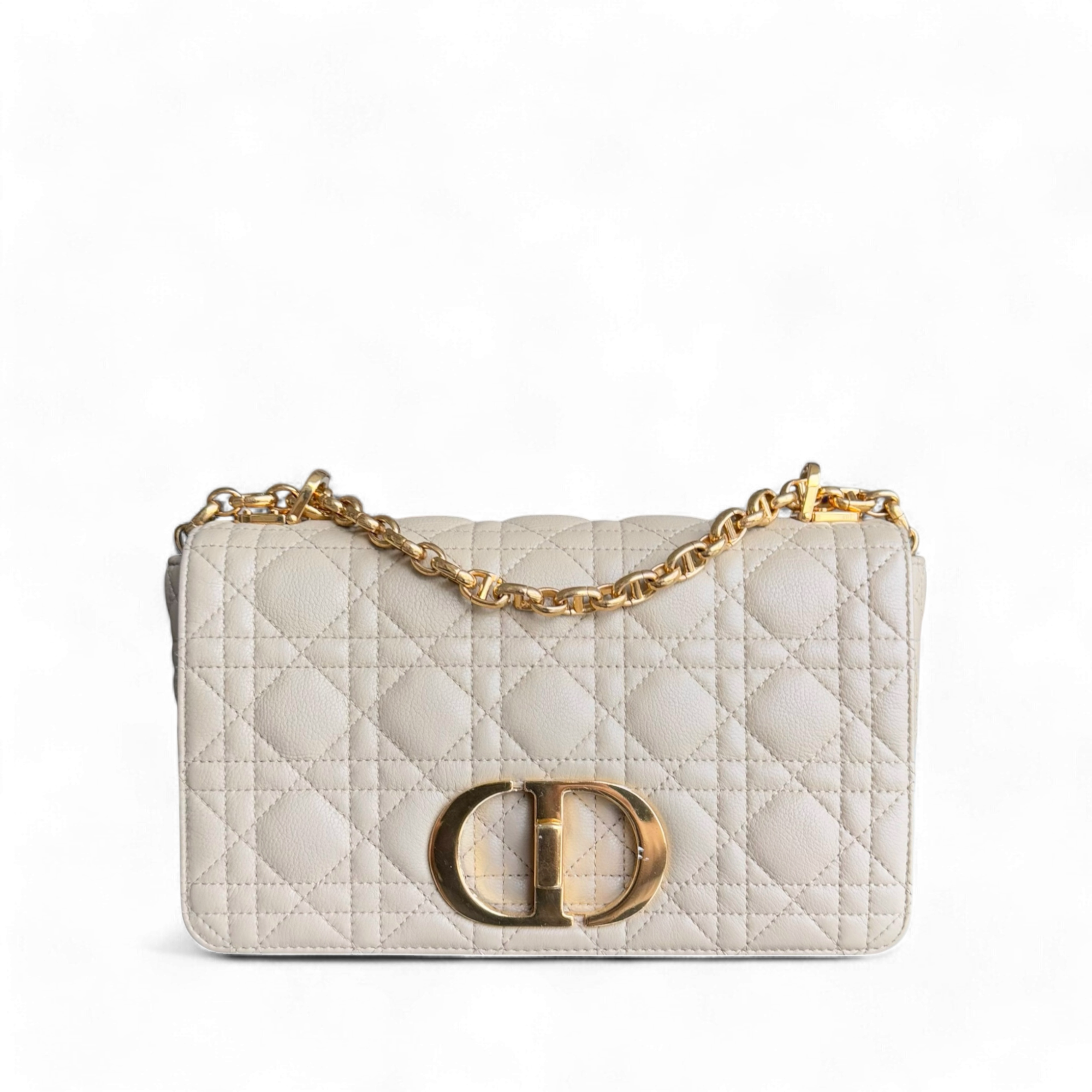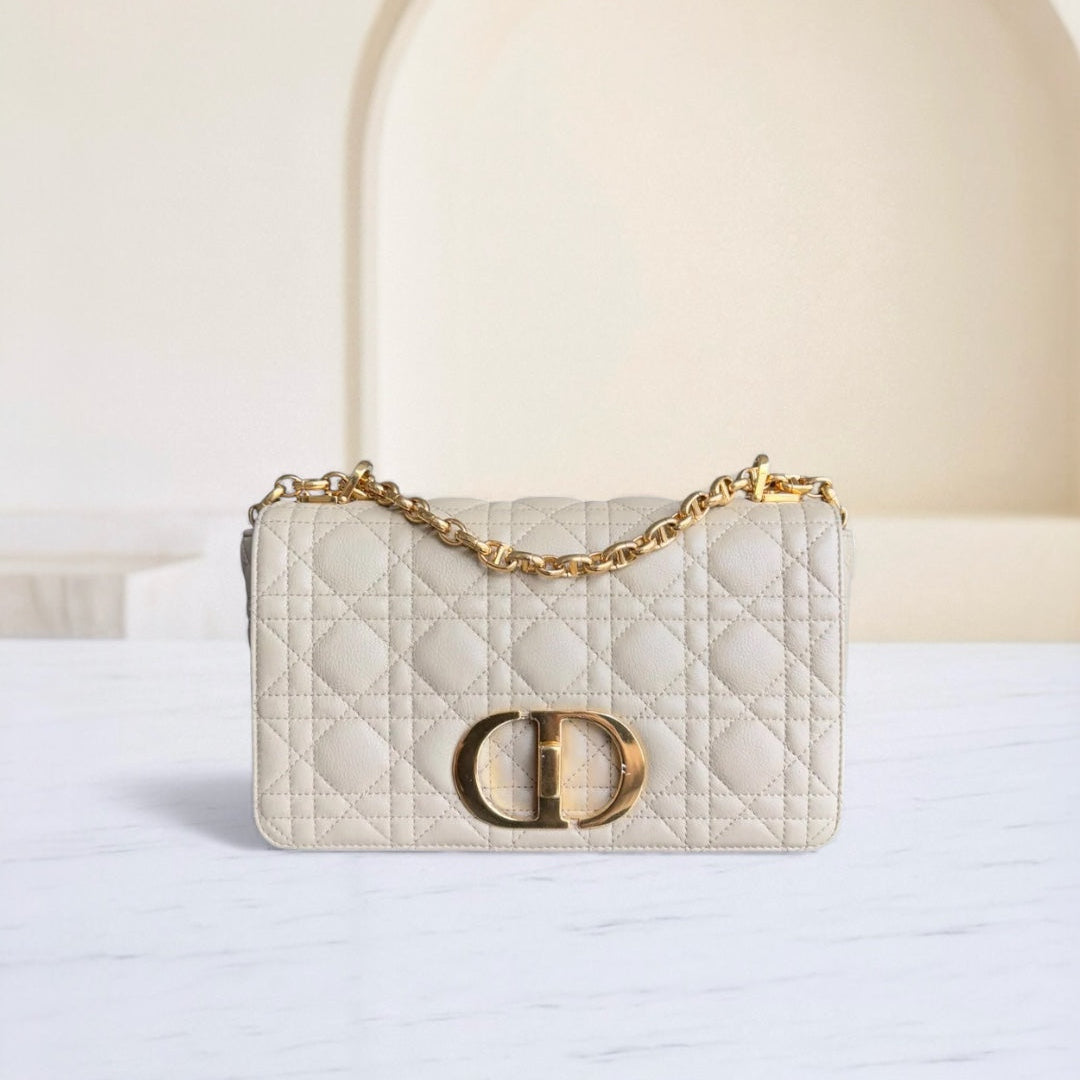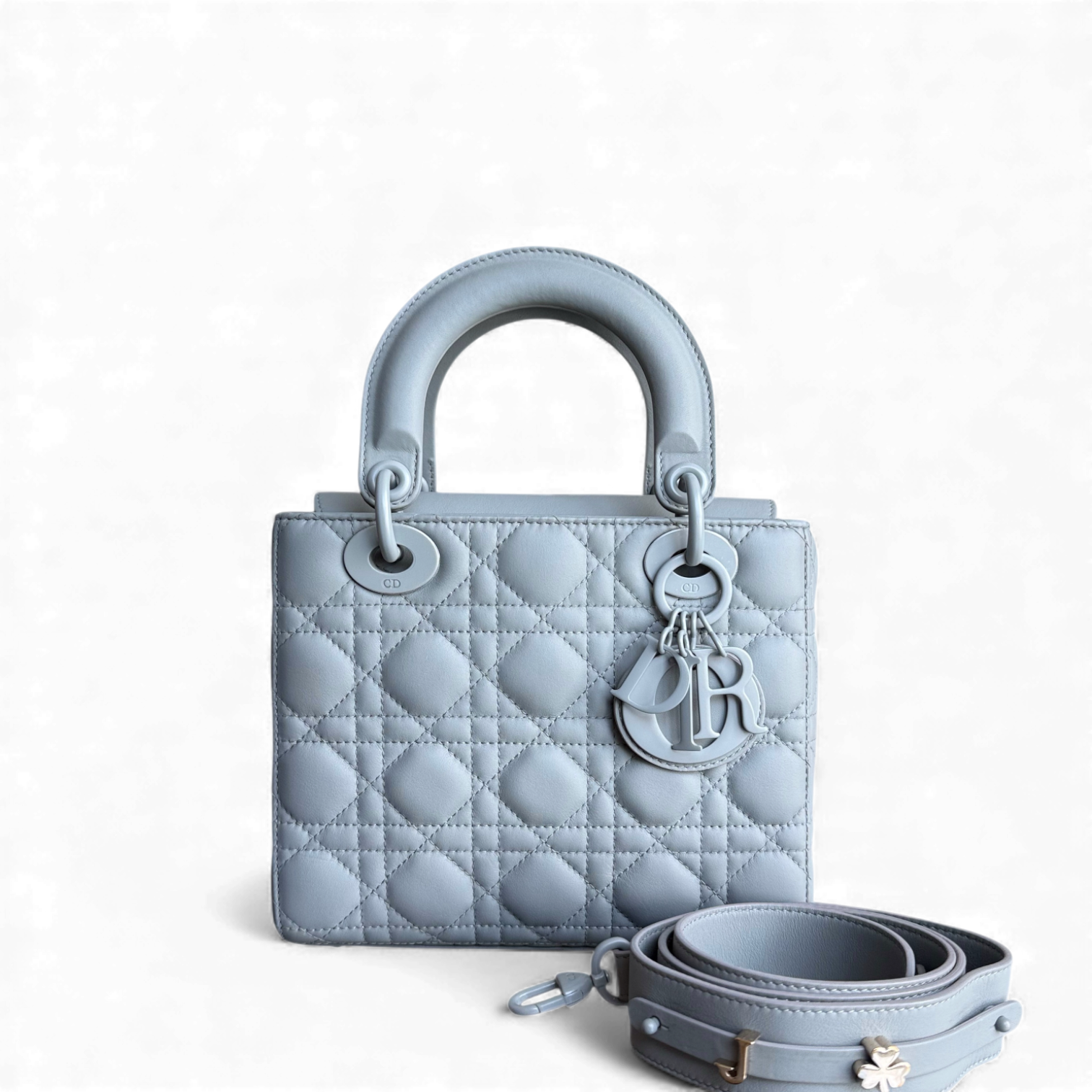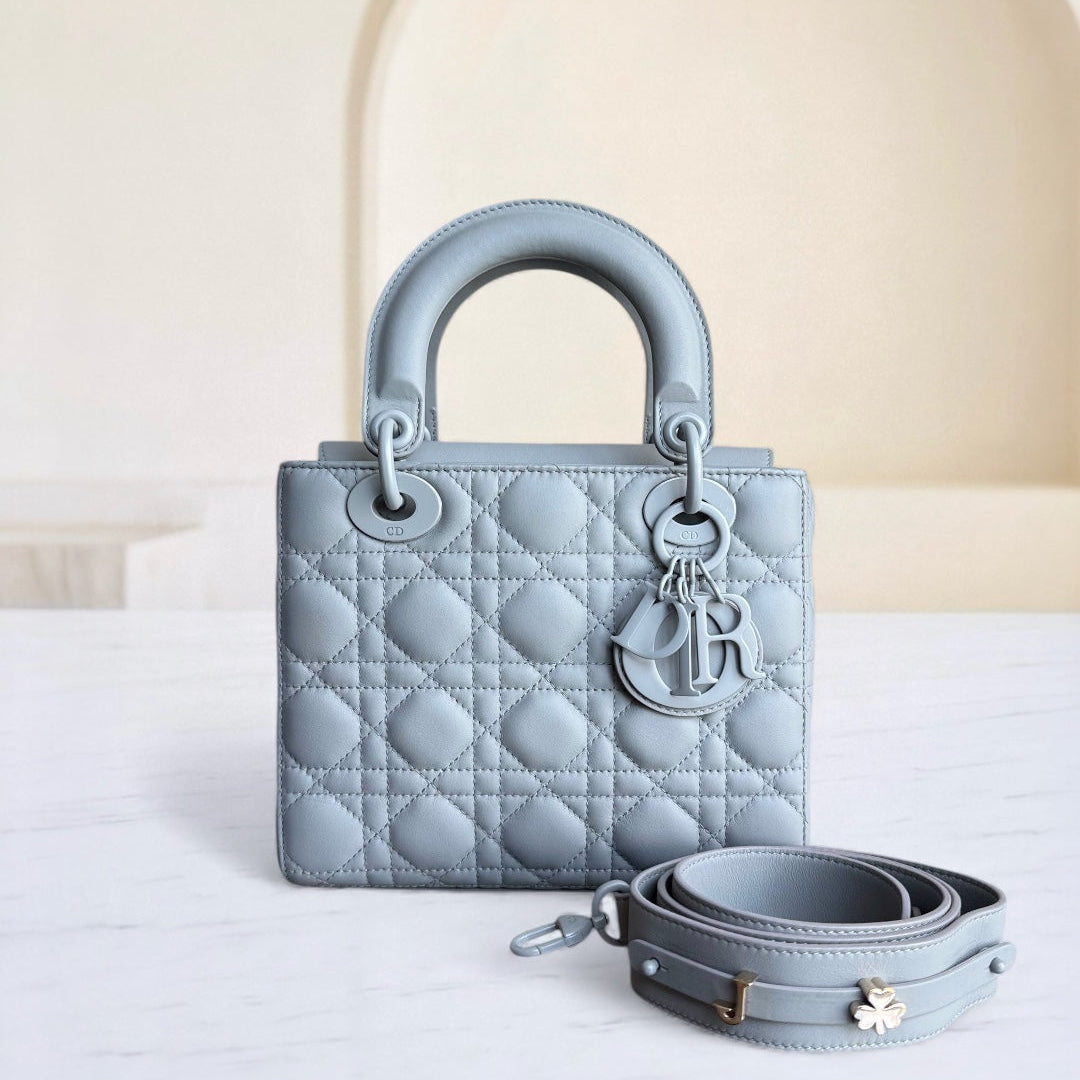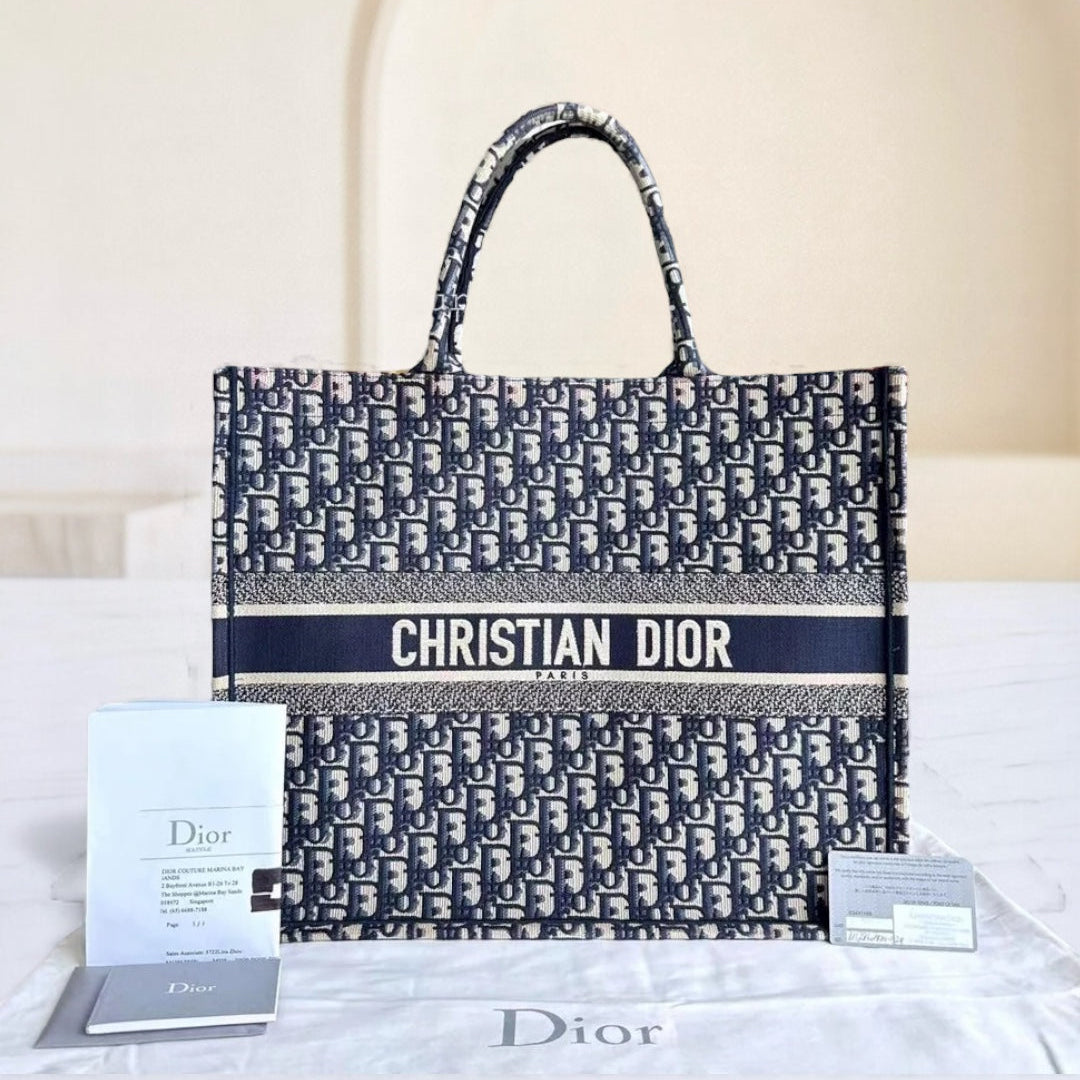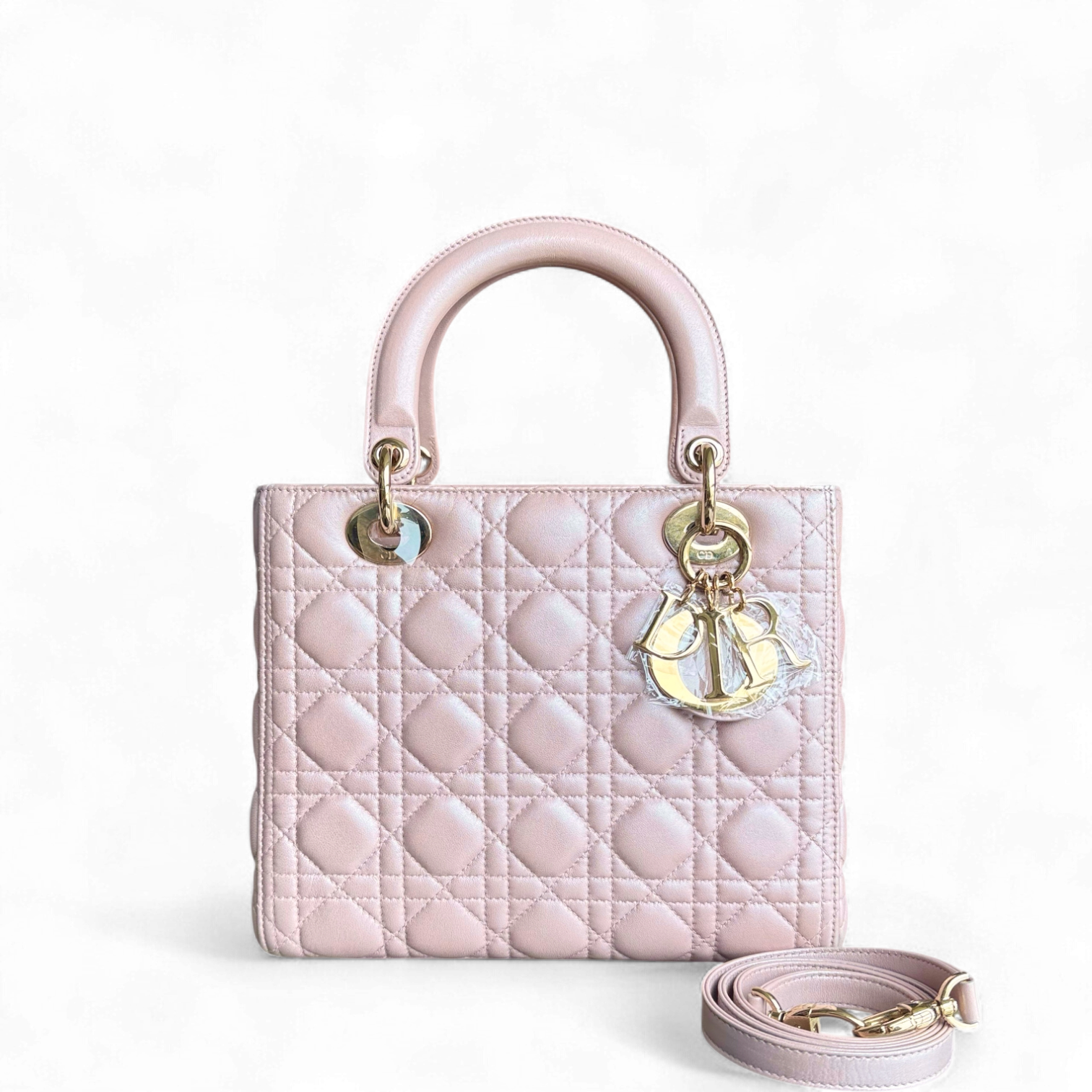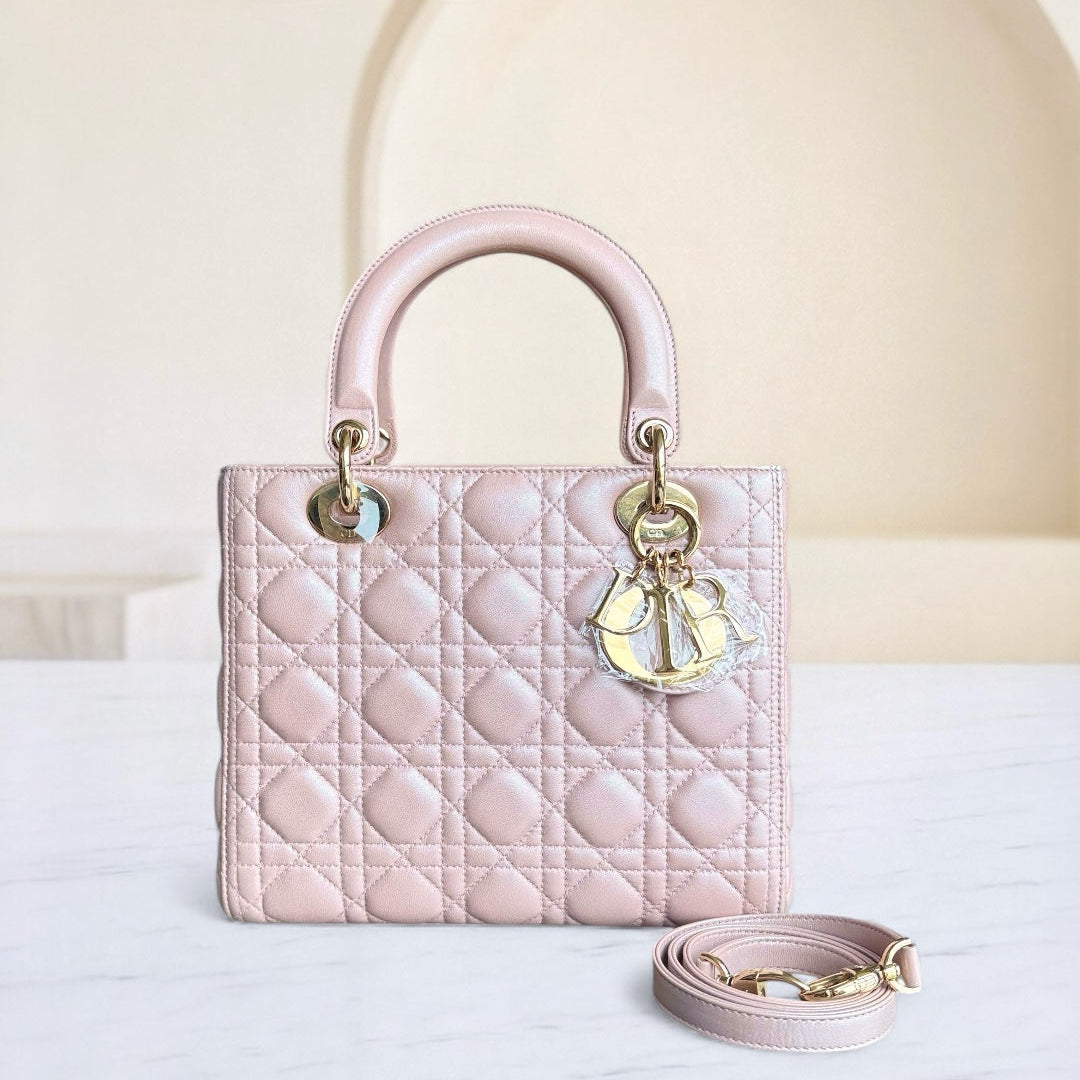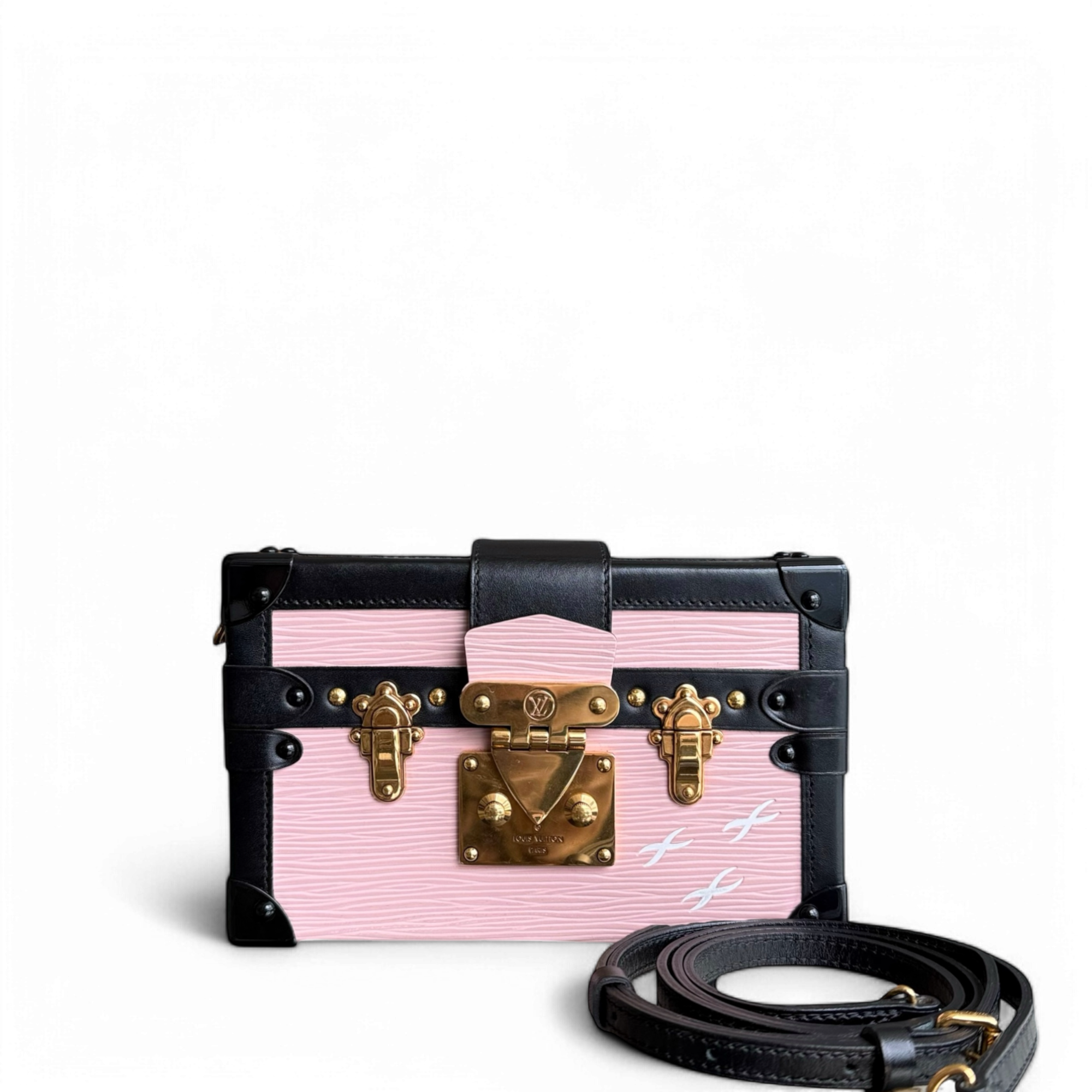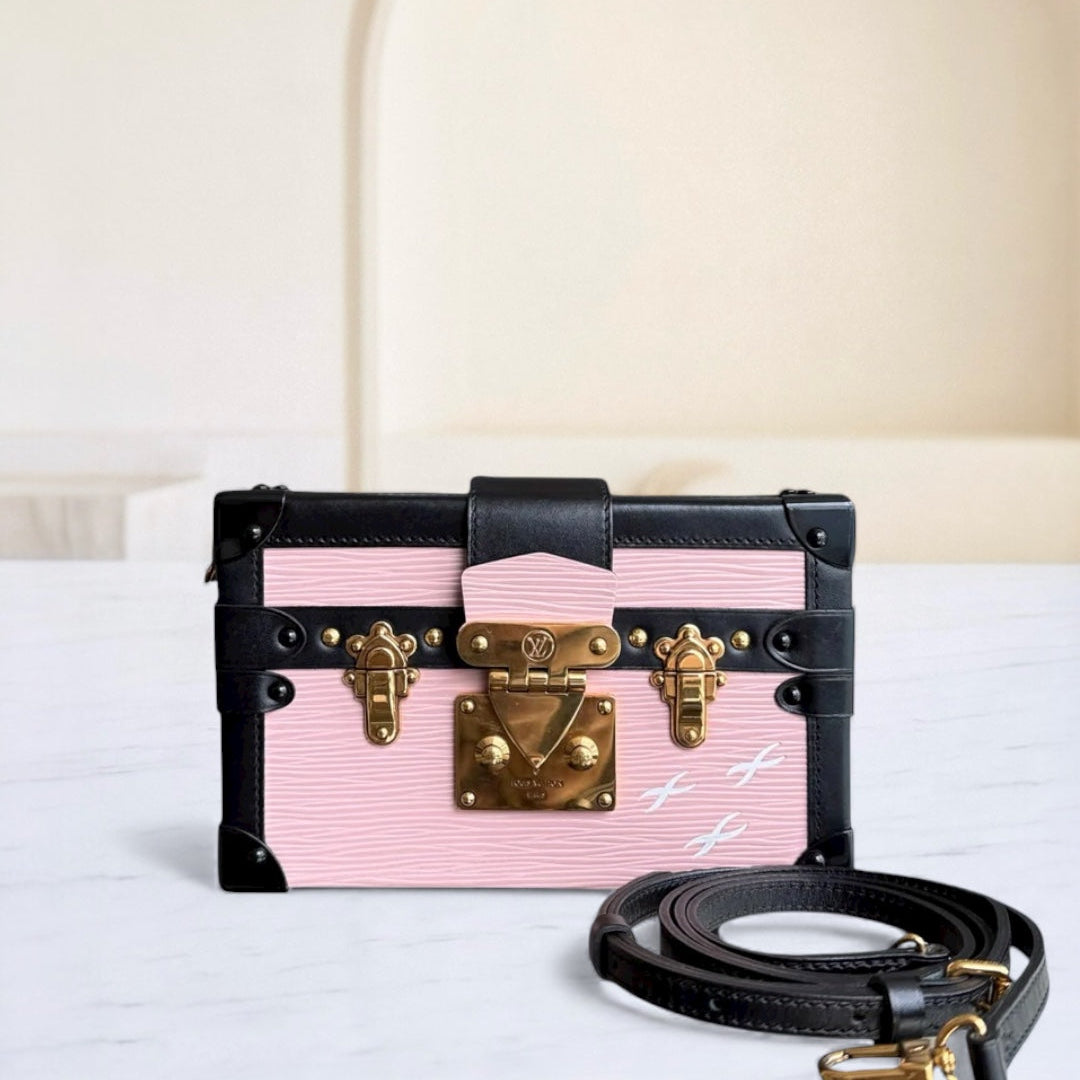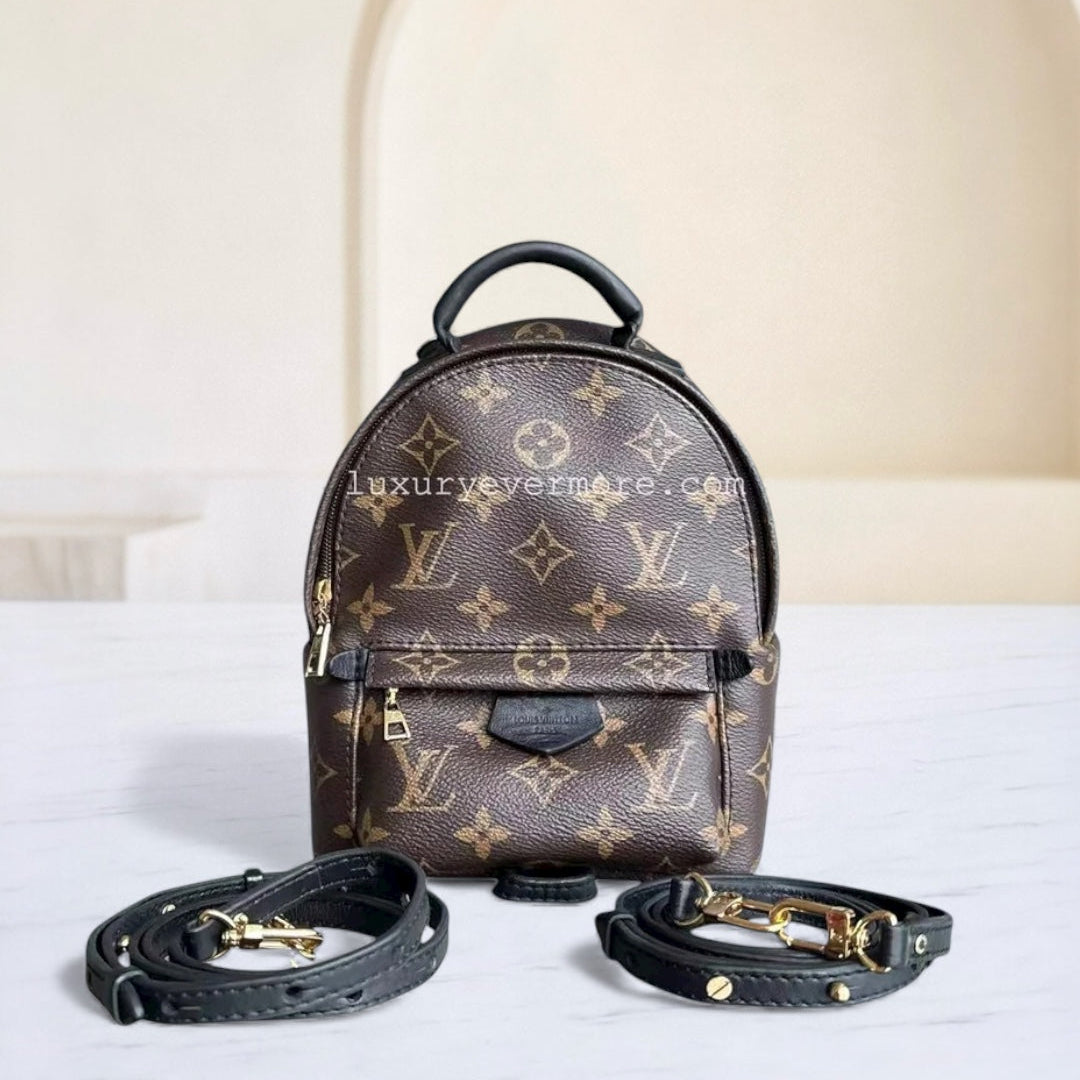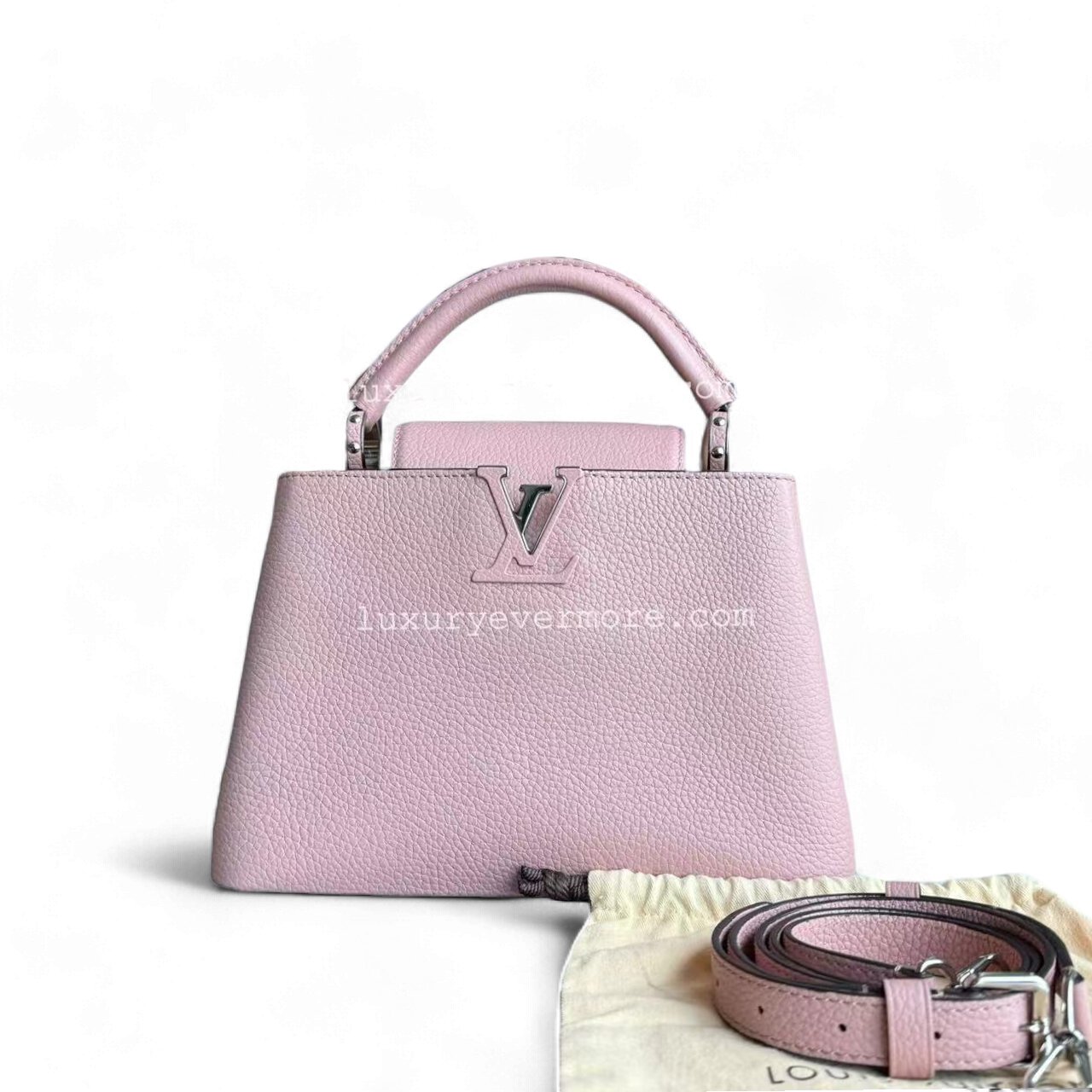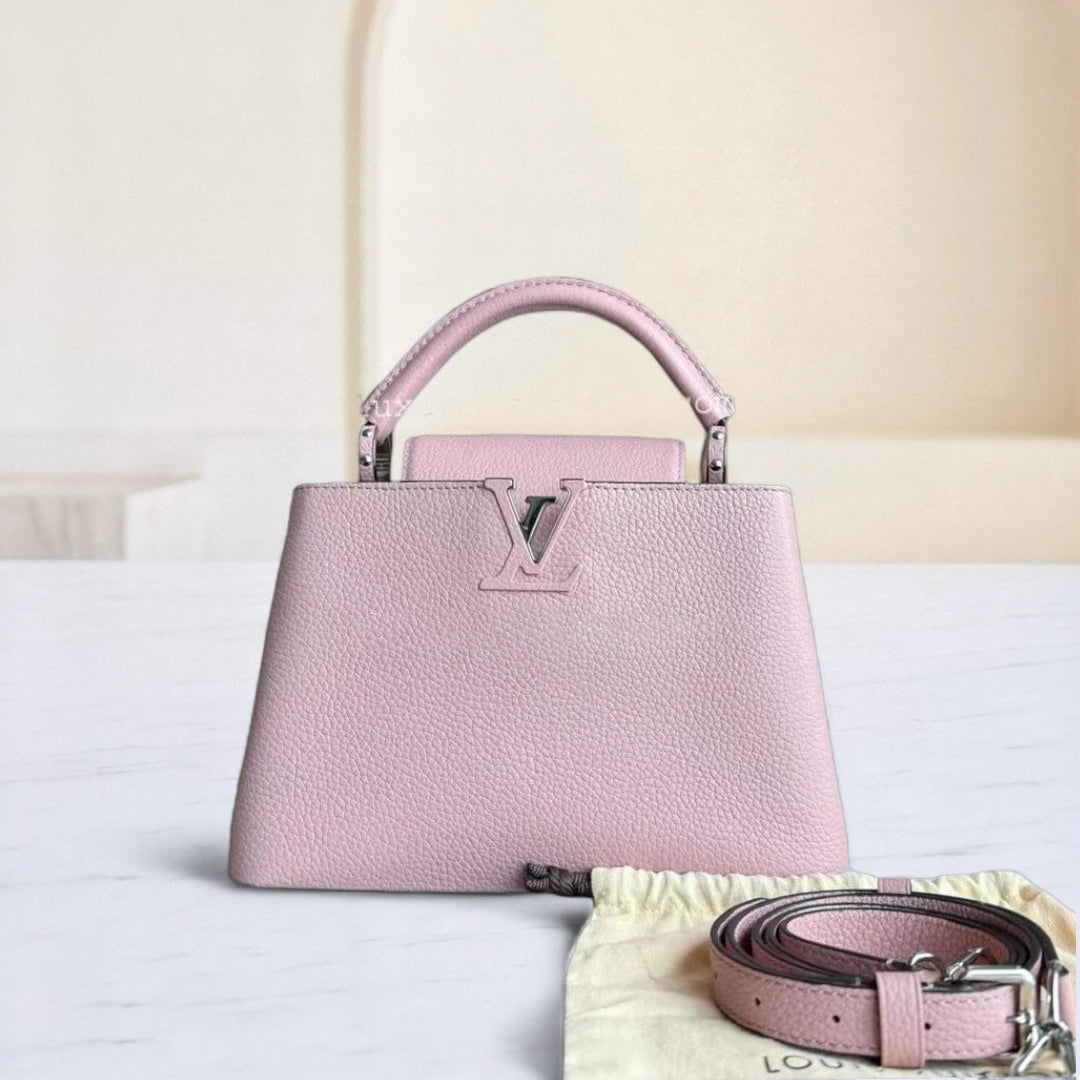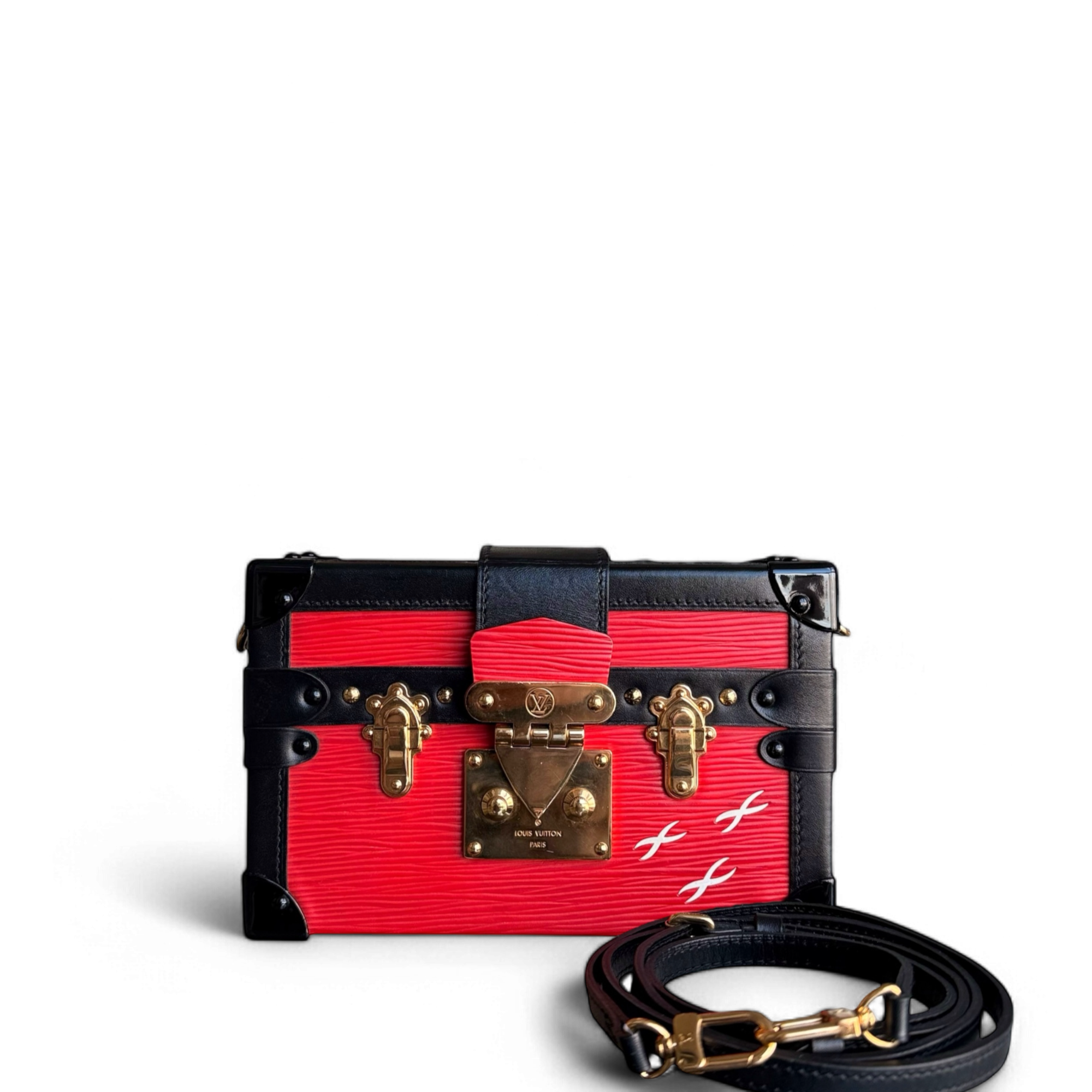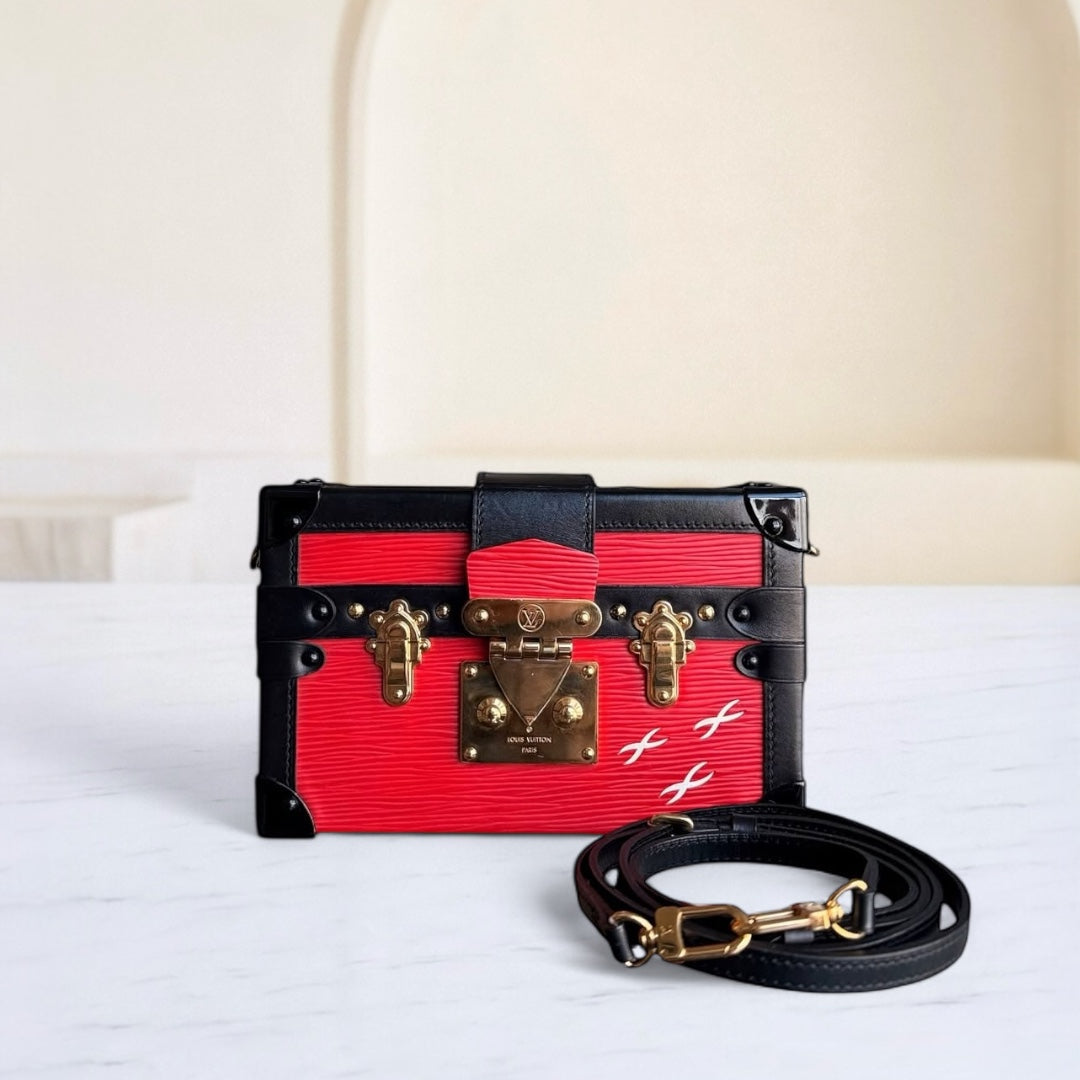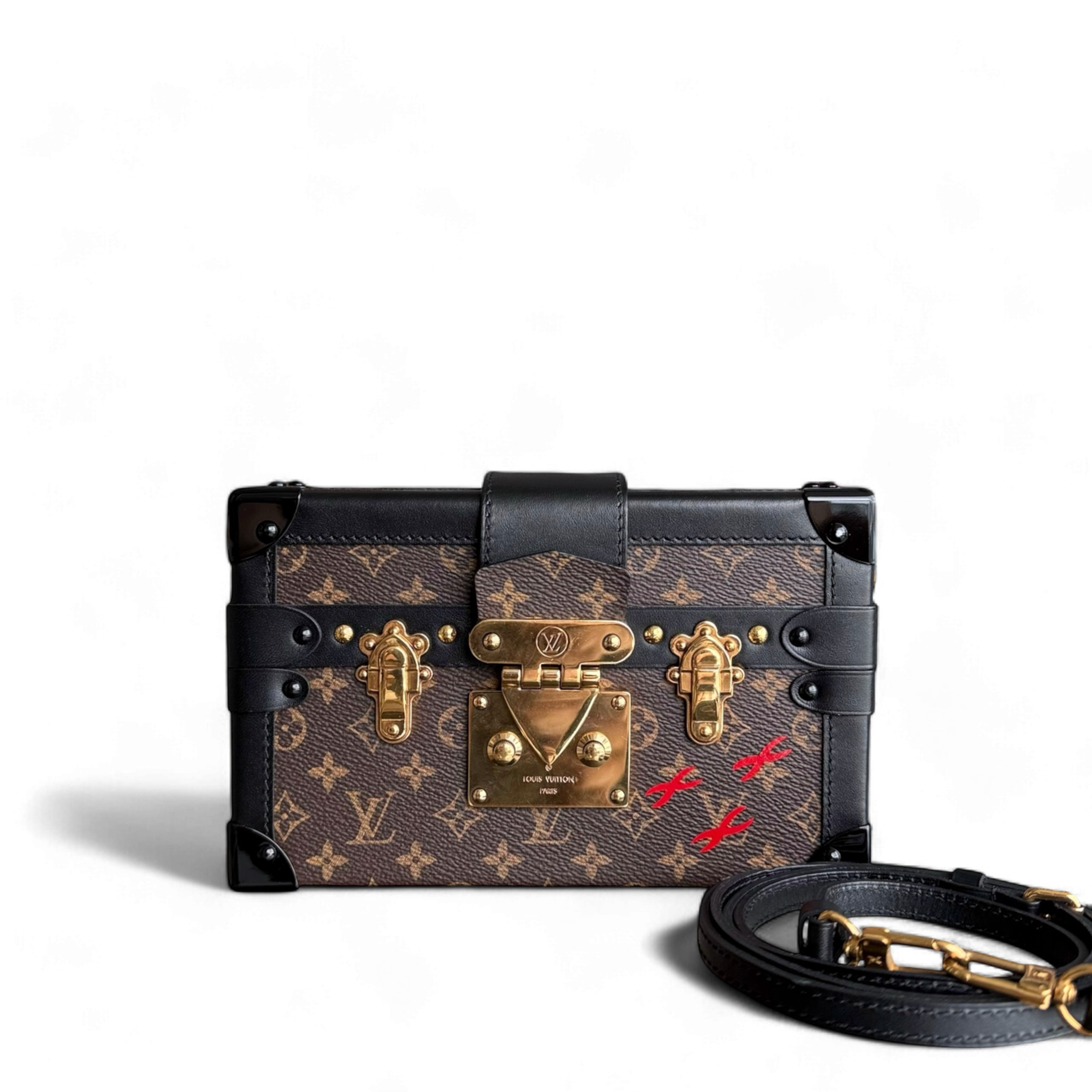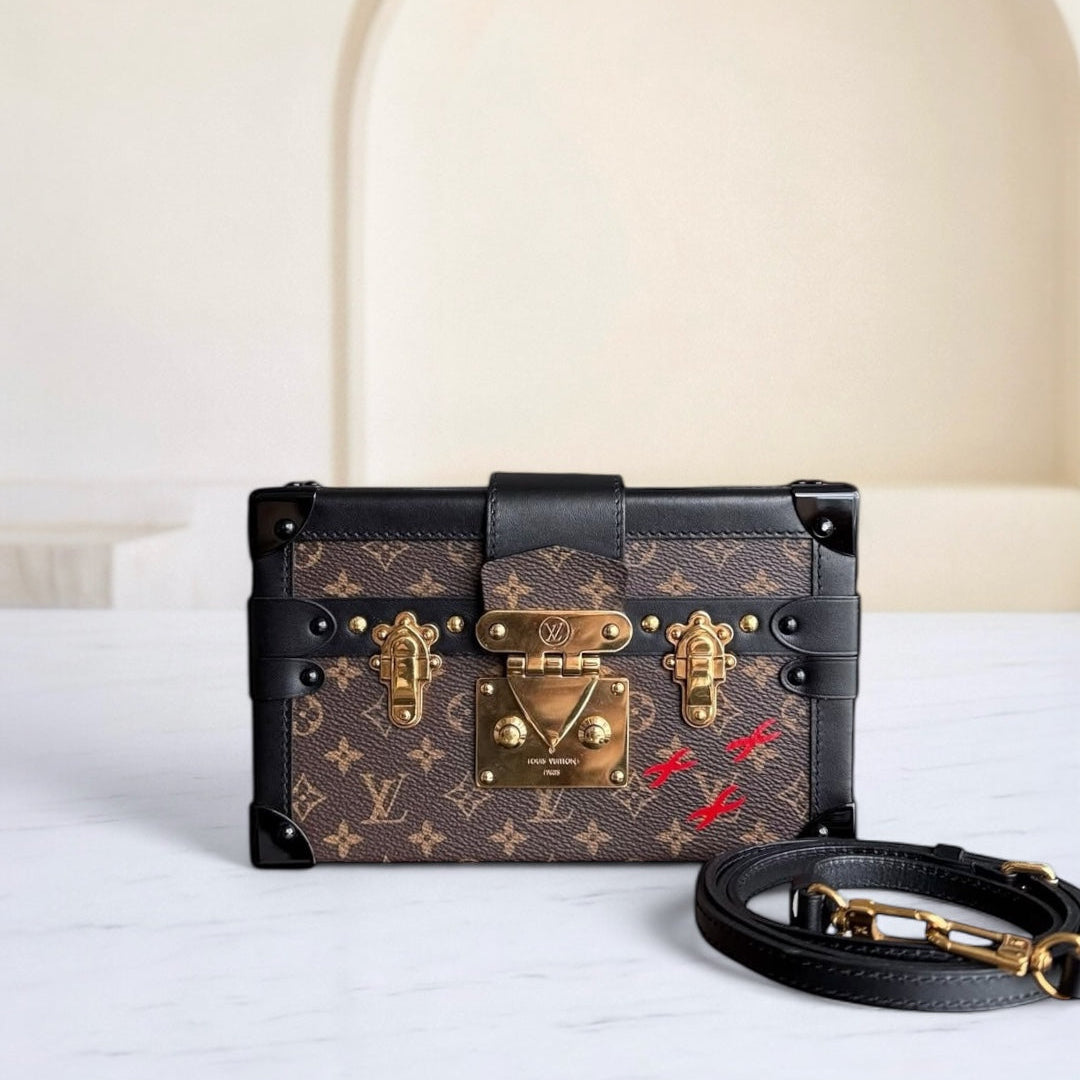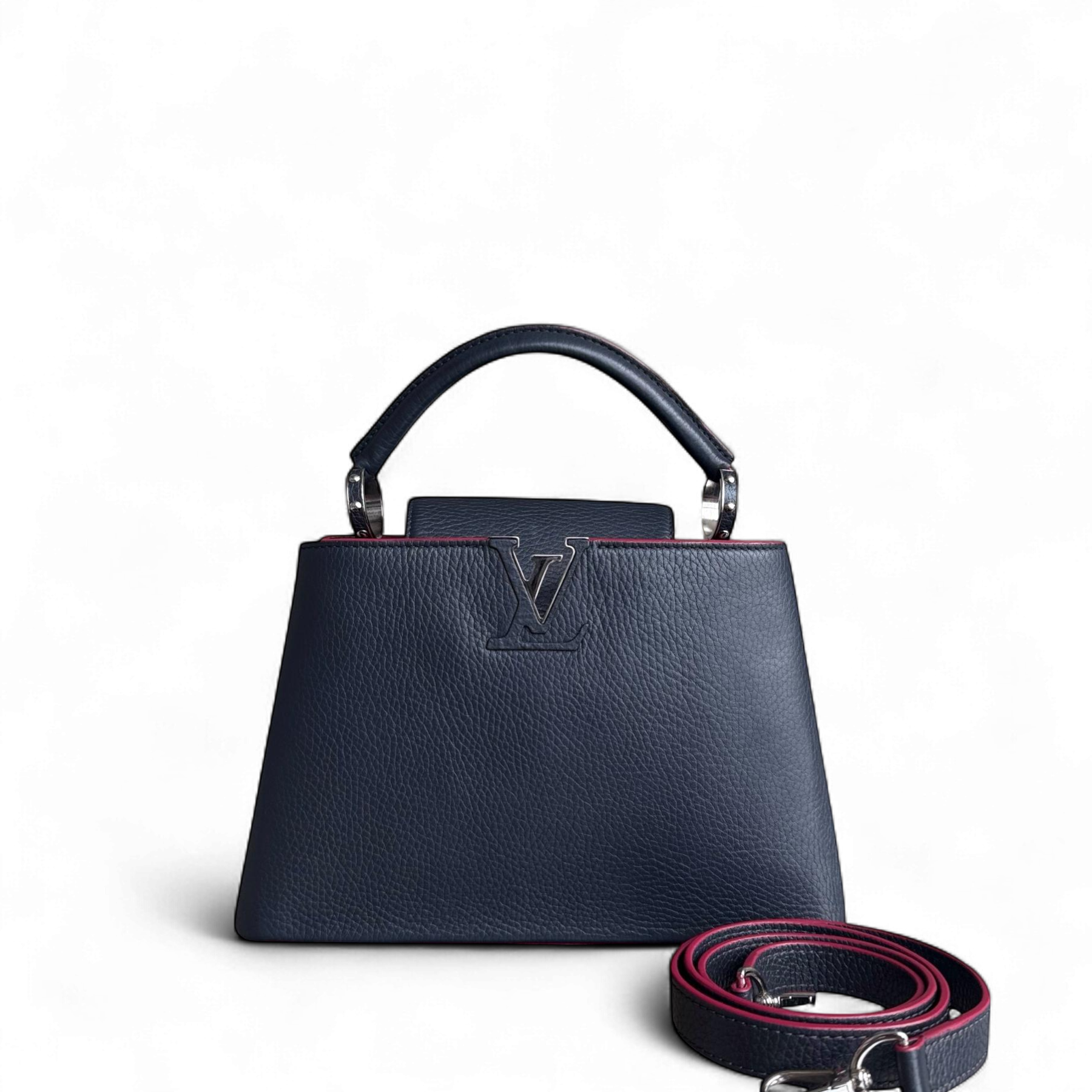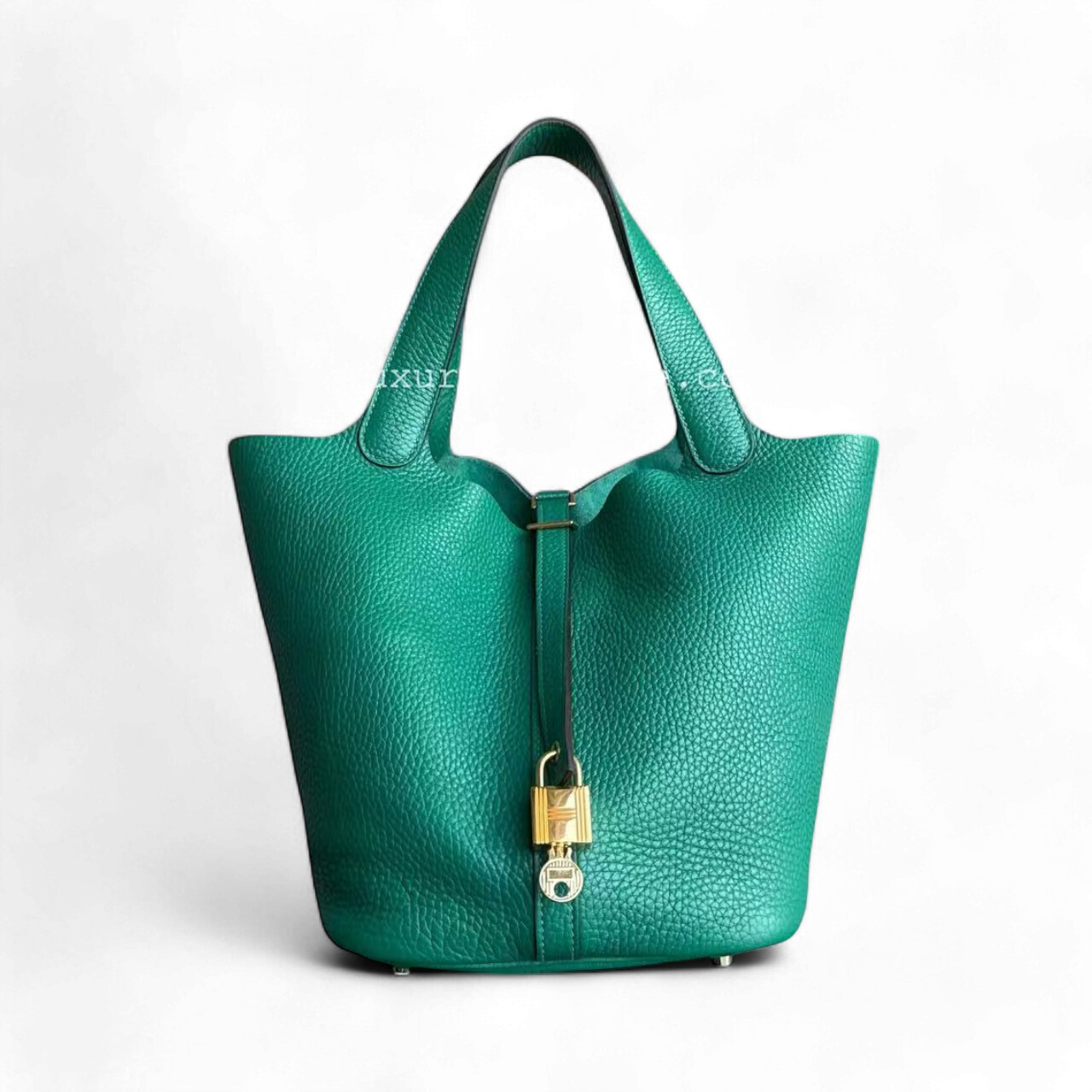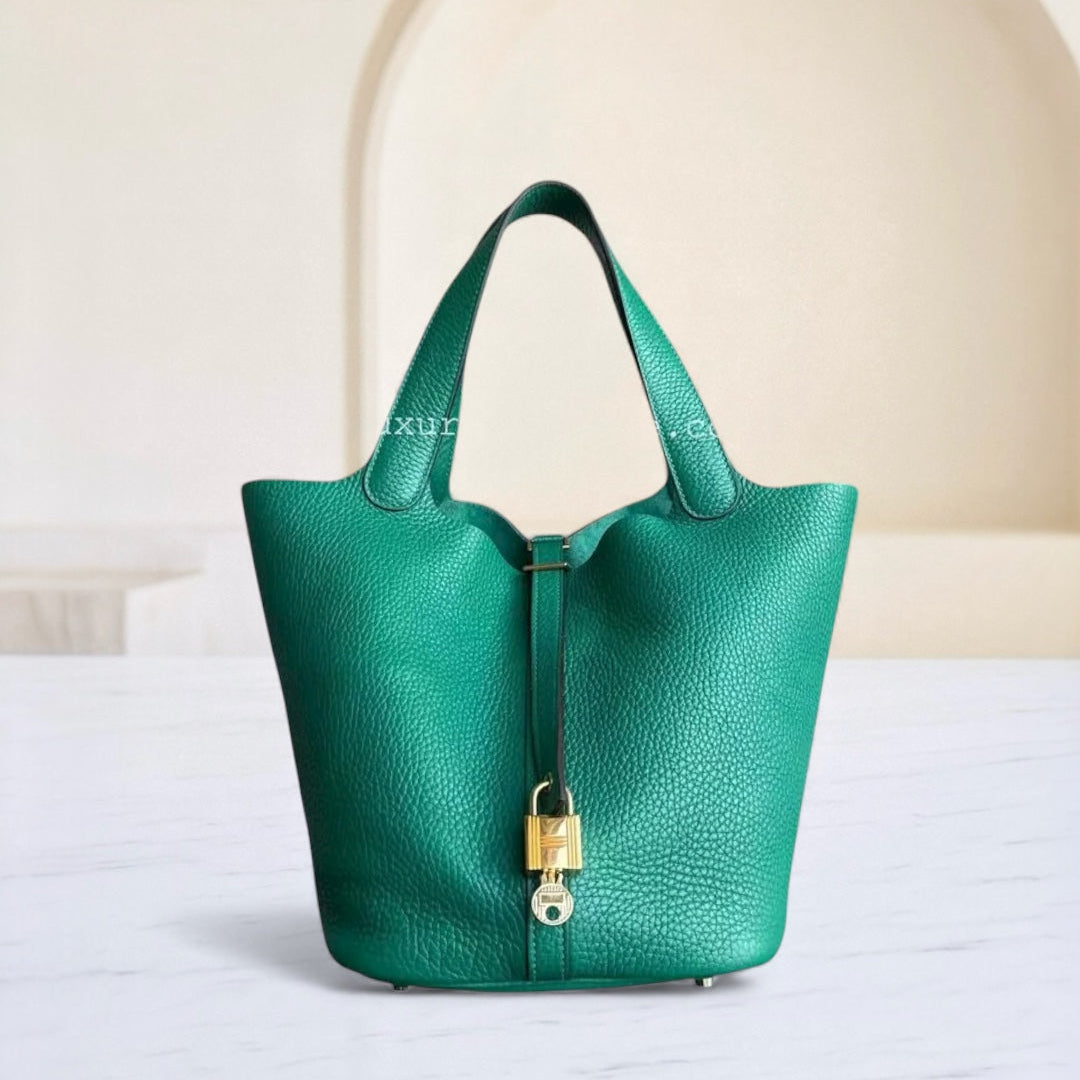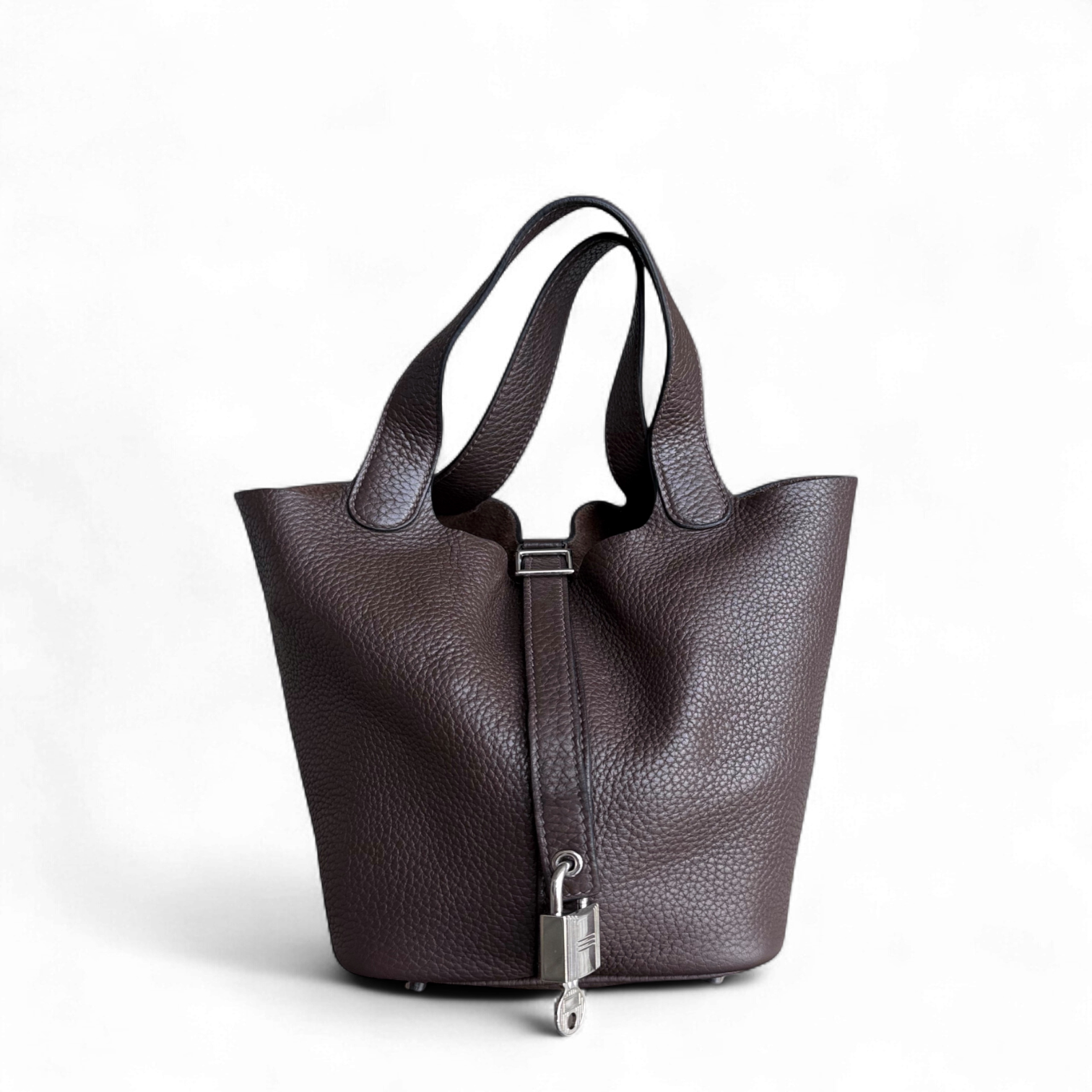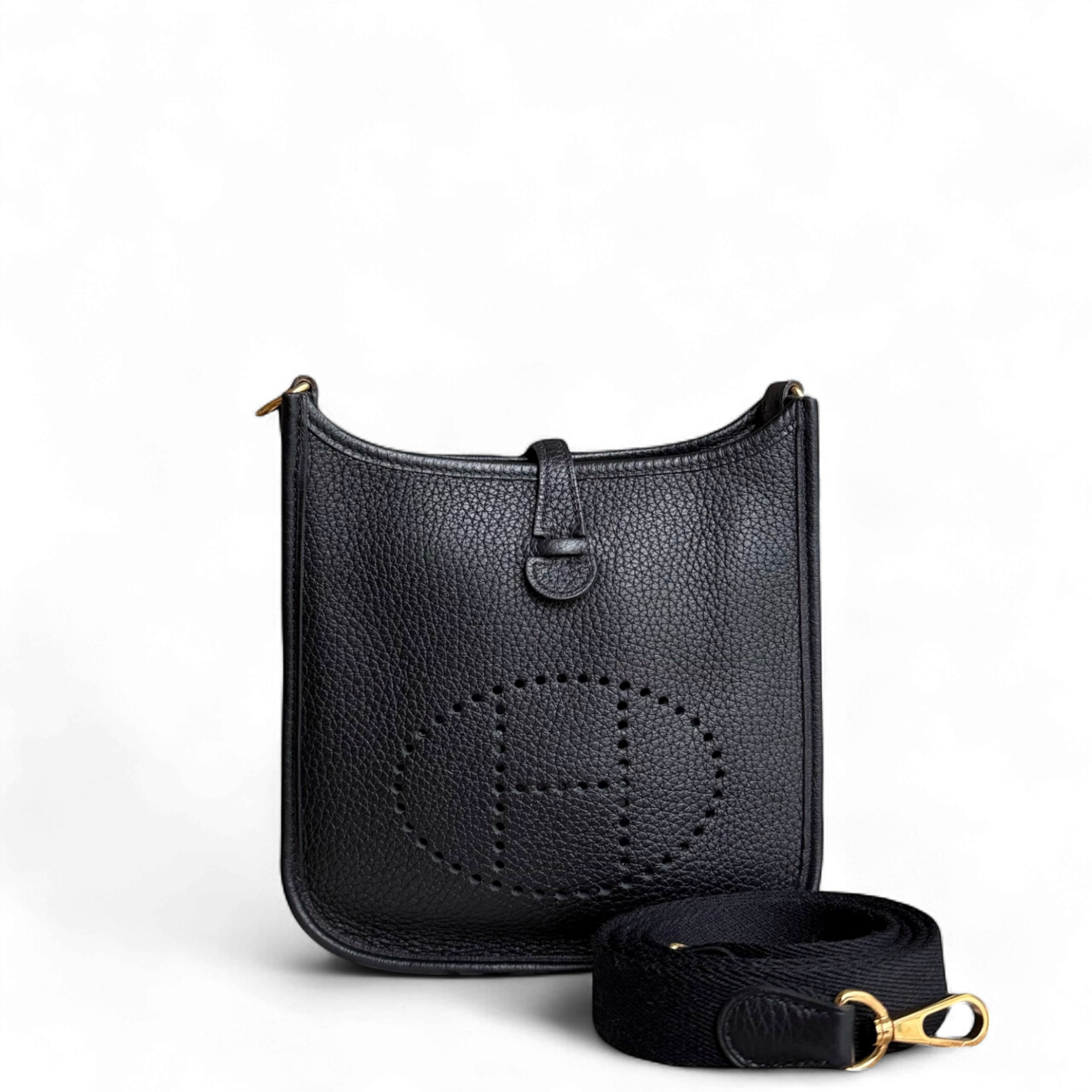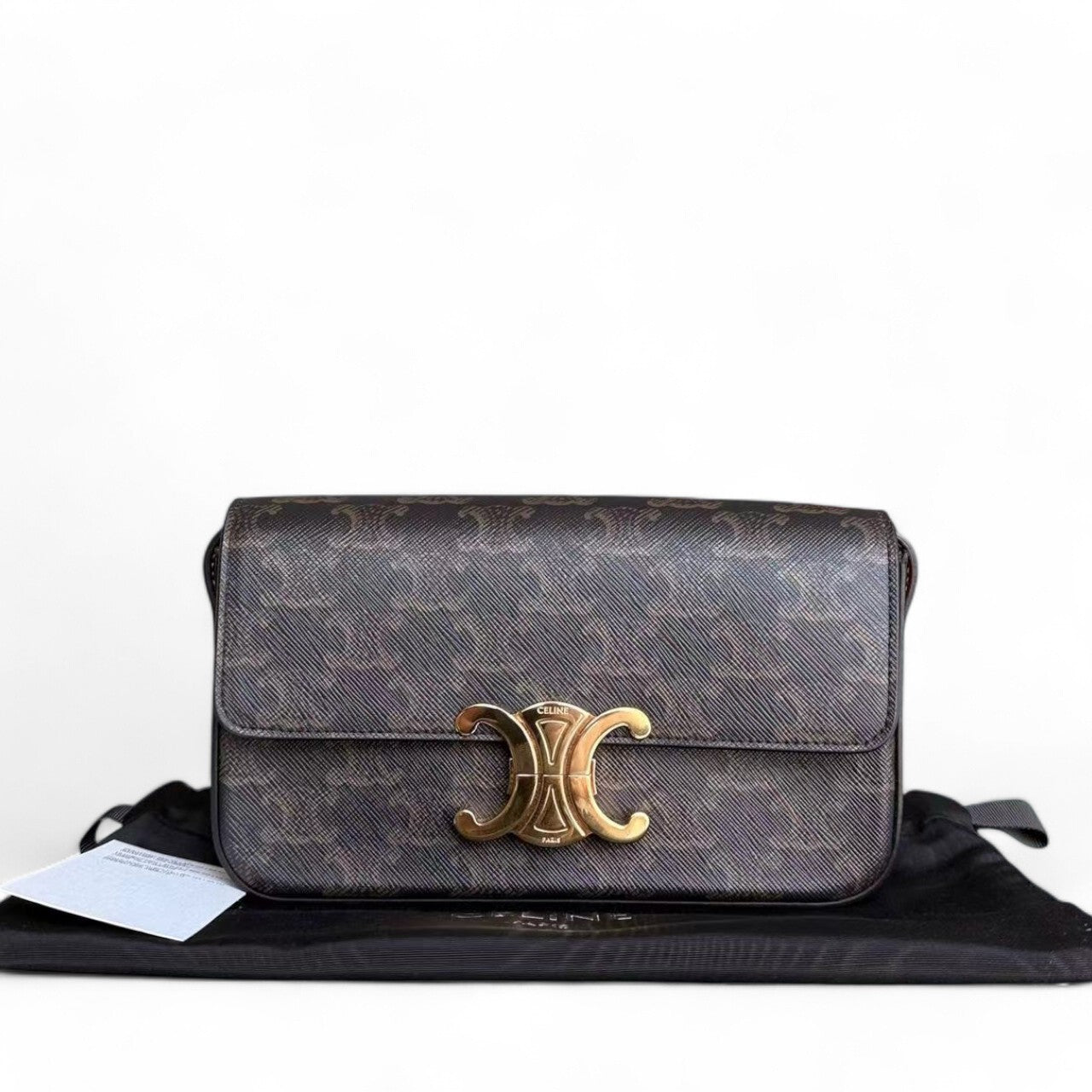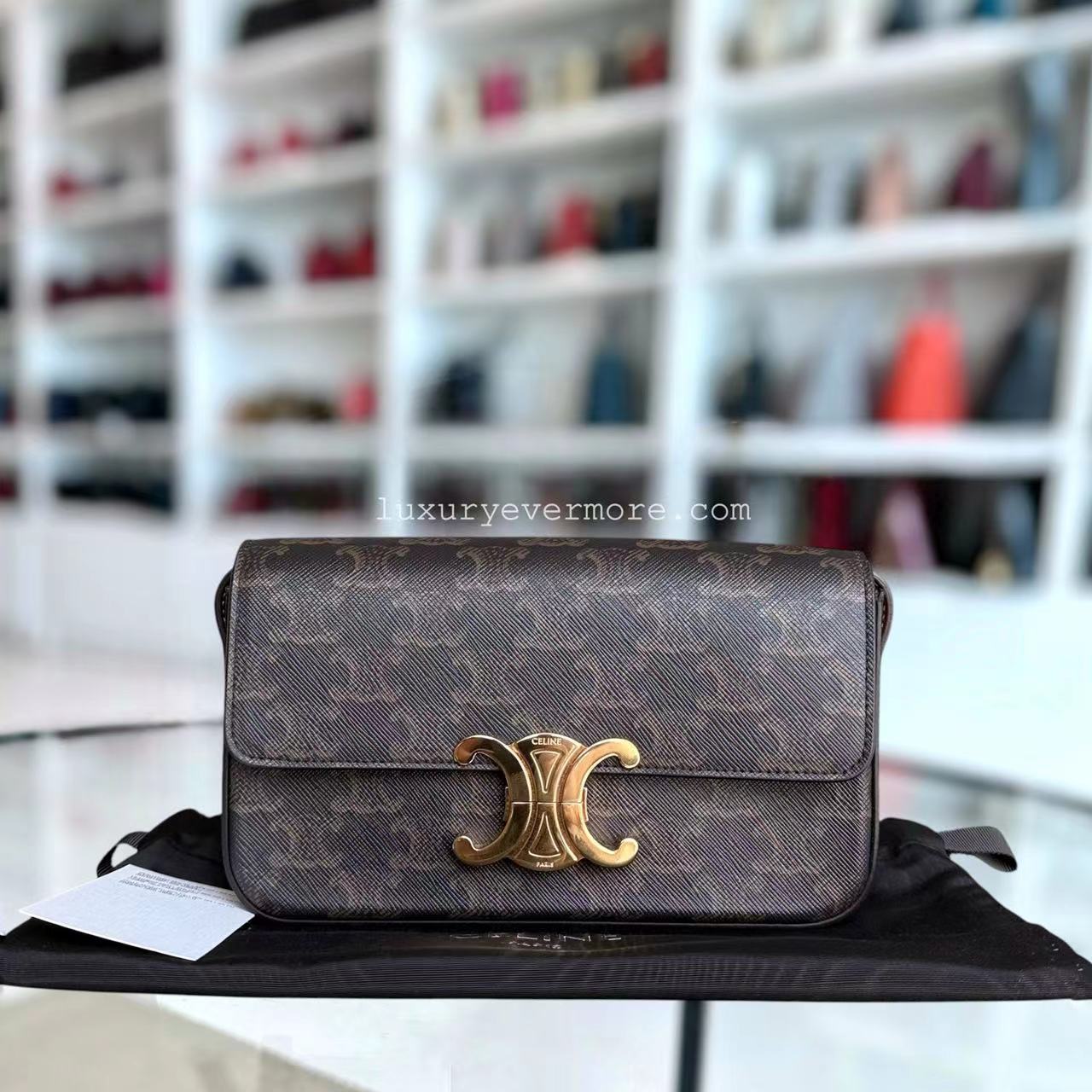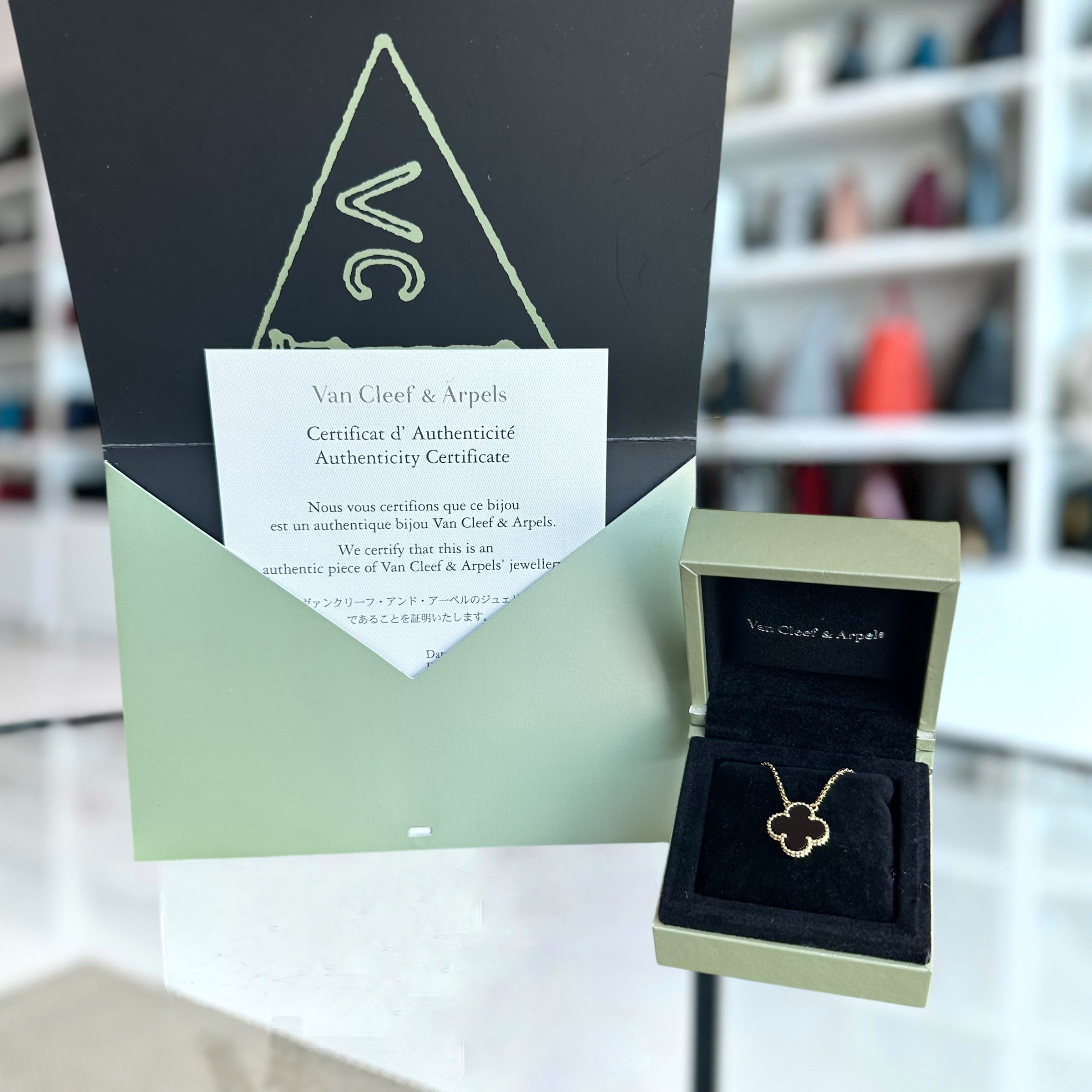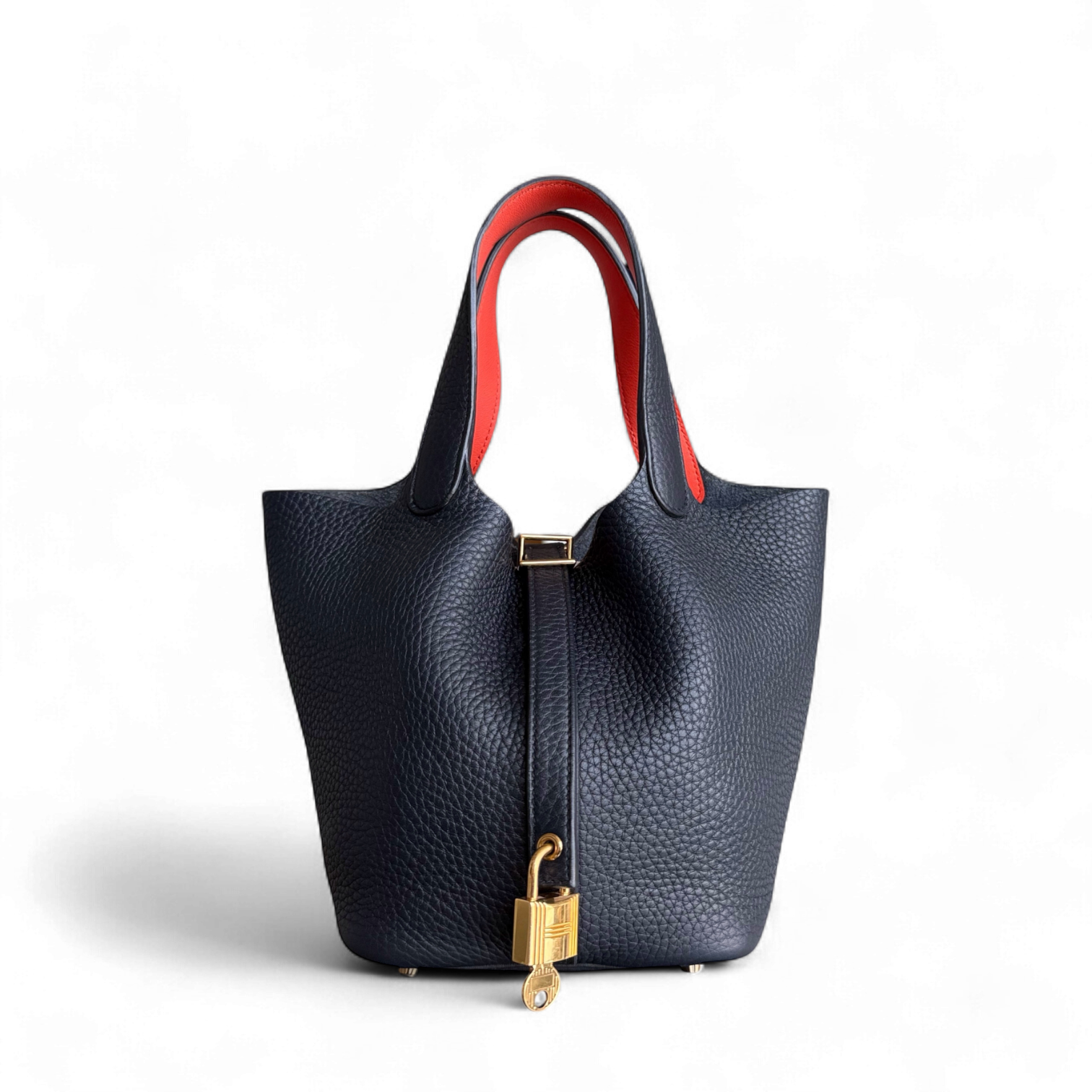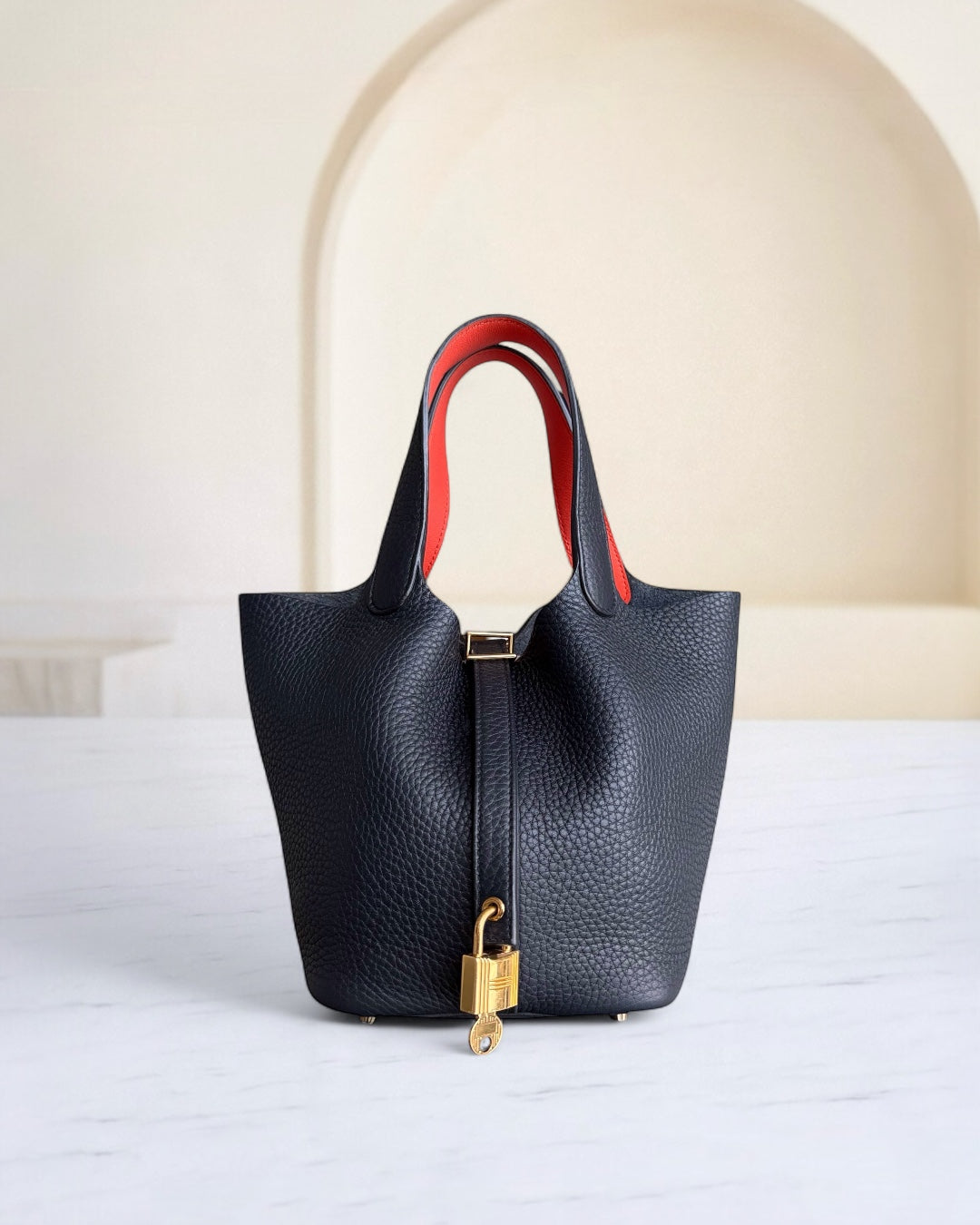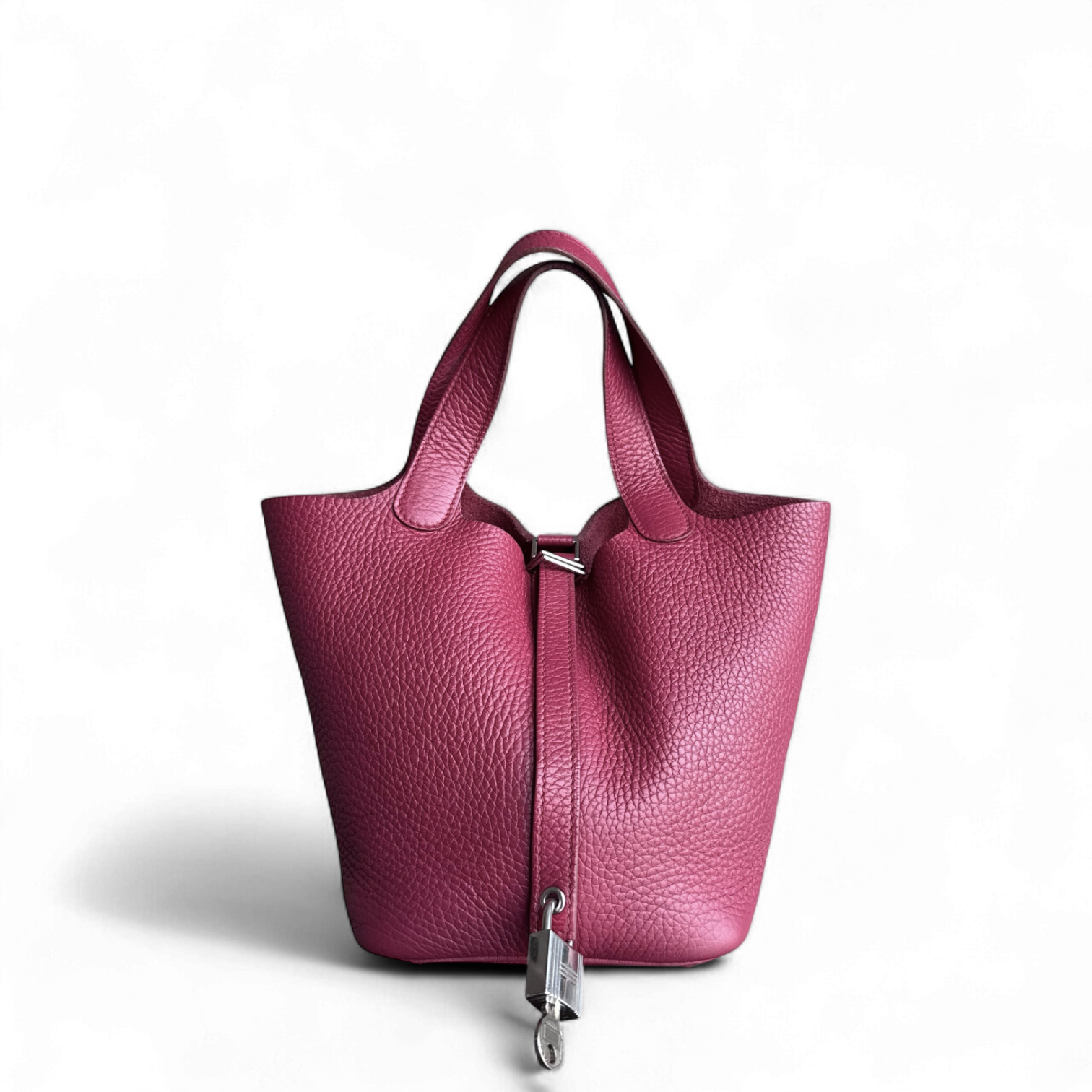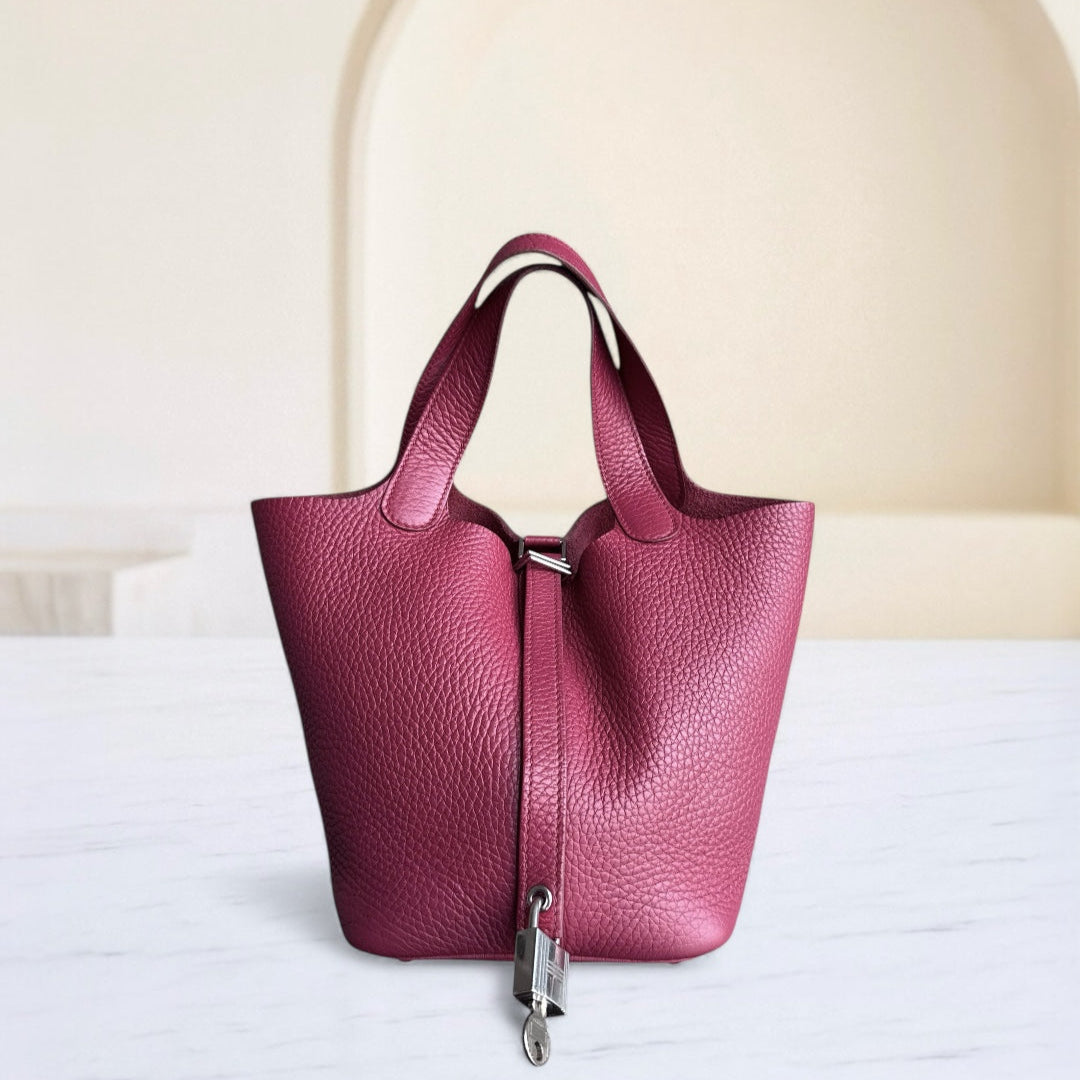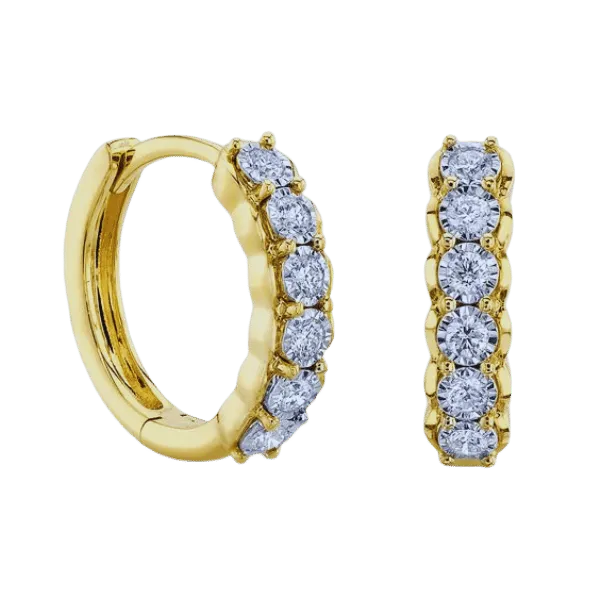Discover the Enchanting World of June Birthstones: Pearl, Alexandrite, and Moonstone
When it comes to gemstones, one can never fail to notice the stunning allure of the stones associated with June – the Pearl, Alexandrite, and Moonstone. The mesmerizing stones indeed have a captivating story to tell, and throughout history, they have had their significance across cultures and even transcended time. The following article will investigate these gems in more detail and, in particular, focus on the formation, occurrence, and stories attached to them. Our effort is to combine the studies of the science and the beauty of such stones in the hope of meeting the expectations of the readers. So whether you are a novice, a connoisseur, or just simply a passionate admirer of gemstones, this guide will take you through the magical landscape of the June birthstones, of which there is always more to discover where the earth meets the people.
What Makes Pearl a Timeless June Birthstone?

Pearl, an eternal June stone, is found exquisite due to its rarest of the rare property of being formed inside a mollusk reaction towards an irritant. Abundant in both salt and freshwater, pearls have specific socking qualities, and nacre is influenced by their aquatic environment and the type of mollusk they originate from. Their historical significance has made them a representation of wealth and cultural significance across time periods. However, in more recent developments, technologically advanced pearl farming has become more common. These characteristics further reinforce pearl valuation through the ages.
The Origin of the Pearl Birthstone
Pearls are perhaps the only gemstones that grow inside oysters, mussels, or other mollusks and are the only example of organized and visual beauty and such an exceptional sight outside the traditional scope. This process was set in motion when a byproduct or an irritant like a grain of sand invaded the mollusk. Now, all of the irritating products were already being removed by the mollusk in the form of nacre, which was the mother of pearls consisting of conchiolin and aragonite, and step by step, these became pearls. These many layers, which also took time to build up, were the reason for the renowned shine of the pearls.
It is known that pearls can be found in various regions and completely different geographies around the world. It is through Japan, the Philippines, and French Polynesia that saltwater pearls are primarily produced, with the most famous being Akoya, South Sea, and Tahitian pearls. Freshwater pearls are likely to be the most common pearls around the world, with China being the leading producer, but these were previously known to be produced all over the world. Tracing back their history, we know that pearls were used as a statement of wealth by past civilizations, even the Roman Empire and many dynasties in China, and were transported along trade routes.
The availability of pearls has grown substantially as a result of scientific and technological advancements in pearl farming practices. Since the early 20th century the cultured pearls revolutionize the pearl farming industry and although they remain expensive, they become affordable to a wider population. Such innovations emphasize both the complex nature and artificial mechanisms that explain the long history of the existence and the high demand for pearls.
Symbolism and Significance of Pearl Jewelry
Pearl jewelry has wowed the world by framing an exquisite and unique statement. Pearls have been worn by various cultures, ranging from royalties to nobles owing to their beautiful vibrancy and significance. Pearls have always been associated with lunar energies and feminine touch owing to their association with water and the moon, showcasing depth, intrigue, and beauty. In today’s culture, pearls still possess those distinct traits while being coined and produced into jewelry that adorns the wearer and enhances their personality, adding a layer of sophistication.
How to Choose the Perfect Pearl Necklace or Bracelet
The search for the ideal pearl necklace or bracelet requires consideration of several elements so as to ensure that individual style and requirements are met. One’s first step is, of course, to weigh the pearls in terms of their quality, which includes factors such as luster, the purity of the surface, shape, and circumference. Perfection is, however, expected in lustrous pearls that have a neat surface and very few blemishes. Thereafter, one should pick the specific type of pearls, including but not limited to Akoya pearls, South Sea pearls, Tahitian pearls, or freshwater pearls, where each is defined by a distinct color and size. The third thing to consider is the design, style, and length of the necklace or the bracelet, as this will depend on the clothing that the wearer will couple with the piece of jewelry as well as the events that the jewelry will be put on. Finally, set your budget and evaluate specialist jewelers or companies well-known for pearl jewelry to guarantee the originality and value of your overall payment.
Exploring the Mysteries of the Alexandrite Birthstone

The Fascinating History of Alexandrite
In the emerald mines of the Ural Mountains in Russia, the first samples of alexandrite were discovered, which attracted the great interest of gem lovers. It is said that the Stone was named after Tsar Alexander II, and consequently, it has a strong historical significance to Russia. Alexandrite is best known for its unusual color change depending on the source of light, which ranges from grayish purple during the day to red-brown under incandescent light, an occurrence described as the effect. The effect is said to be caused by chromium which is an essential trace element found in the crystal of the lathe. The alexandrite was sourced from the Ural Mountains until these resources ran out. Other countries have been able to source the alexandrite Stone, including Brazil, Sri Lanka, and East Africa, but these resources differ in availability and color strength. Alexnedrite remains to have beauty and a great past, the Stone is said to be rare and valuable but still intriguing.
Understanding the Unique Color Change of Alexandrite
The one-of-a-kind color alteration of alexandrite, which is also referred to as the 'alexandrite effect', is due to its intricate crystalline structure and the presence of chromium ions. These ions are responsible for absorbing and reflecting various wavelengths of light in response to the illumination source. Under direct sunlight, which is a neutral source, alexandrite looks bluish-green since the stone reflects red wavelengths. In contrast, incandescent light, which has a greater proportion of red wavelengths, is reflected by the gemstone, which explains the stone’s purple-red hue. This feature, which is infrequently seen in gems, is much sought after in the gemological market and adds a lot of value and intrigue to the stone.
Creating Stunning June Birthstone Jewelry with Alexandrite
The artistically designed June birthstone amulet or jewelry alexandrite perfectly encaptures the attributes of this special gemstone. When designing an alexandrite and diamonds the best way to go is to start with a stone that has a strong color shift, as they always tend to be more optically pleasing. Mid-range quality gemstones with tight color shifts may not agitate, but for Mid-range quality, it would be best to set jewelry with multiple embellishments, preferably rings, pendants, or earrings, so as to set the appropriate light intensity. Alexandrite coupled with diamonds or sapphires in one ring, pendant, or earrings can enhance the depth and elegance of the piece. The design should be of classic appeal to ensure it stands the test of time. With all of these aspects in place, alexandrite becomes one of the best jewelry for people born in June or people who appreciate the beauty of this unique gemstone.
Why Moonstone is a Magical Birthstone for June

The Lore and Legend of Moonstone Birthstones
Moonstone, apart from having a distinct appearance, a large group of people is drawn to its associated history. An example of this can be seen in the Roman anchors, where there were beliefs that moonstones came from solidified light from the moon, embodying the power that brings good luck, love, and many more. Even in a sub-group of Hinduism, moonstone was originally associated with the moon God, Chandra, alongside its beliefs that it was a defeat and profit-inducing crystal.
On a scientific level, moonstone falls under the category of feldspar minerals and is a renowned adularescent with distinct luminance, which can also be described as an internal opalescence. This property is a result of the intergrowth of specific indigenous crystal forms with varying critical angles. This is the reason why jade is formed out of a mixture of plant origins. Moonstones are most prized for their blue variety, where blue adularescence shines through their colorless or translucent body. The three main sources of moonstone are India, Sri Lanka, and Madagascar, and it is as hard as 6.0 to 6.5 on the Moh scale. People all over the world have an interest in moons stones, and a widespread interest can be attributed to their core-based properties and a wide array of colors.
The Unique Phenomenon of Adularescence in Moonstones
Moonstones’ most distinctive feature is the visible light scattering within the stone called adularescence. This effect is caused by the microstructure of the stone – which causes a shimmering effect quite akin to the sheen of moonlight gently floating across the surface. More specifically, it can be caused by the layering of orthoclase and albite feldspar minerals, which compose the moonstone. In the case of moonstone, this layering results in the light being reflected internally within the stone, resulting in the soft sheen that is normally indicative of a good moonstone. Adularescent moonstone gems are usually cabochon cut; this allows the adularescence to diffuse across the surface of the cut stone, creating a large, mesmerizing light effect.
Incorporating Moonstone into Your Jewelry Collection
The elusive shimmer of the moonstone, combined with its versatility, makes it a beautiful addition to jewelry collections. By virtue of its Mohs hardness rating of 6 to 6.5, moonstone can be considered to be fairly strong, though great care should still be taken in order to avoid any scratching or damage to it. This gemstone is especially popular for the construction of rings, pendants, earrings, and bracelets, where its adularescence can be greatly exhibited. In the market, those collectors with previous experience using moonstones prefer transparent with vivid blue body stones as they are of greater sale value. The inclusion of moonstones in jewelry designs enhances the wearability of the jewelry as it can blend well with both casual and formal wear. In moonstone jewelry making, watches, rings, and bracelets, which are prone to such abuses, should have protective settings designed into them so that the stone is firmly held and its luster is preserved for long periods of time.
A Guide to Selecting June Birthstone Jewelry

Tips for Choosing Fine Jewelry with June Birthstones
When considering a piece of fine jewelry that has a gemstone associated with a birth month in June, there are a number of factors that need to be taken into account so that you are able to get a piece that both looks great and is of the right quality. June has three distinctive birthstones; pearl, moonstone and alexandrite which each have their own distinct characteristics and looks.
Pearls:
- Type: Determine the type of pearl, as it could be natural, cultured or imitation. Natural pearls are very rare and expensive whereas cultured pearls can be beautiful too but are a lot easier to find and cheaper.
- Luster: Make sure to find pearls that have high luster, that is a sign of good quality as well as an indication of how much light is able to reflect off their surface.
- Surface: Determine whether the pearl is blemish free, as well as being flush, as these factors only add to the eye appeal of the pearl.
- Shape and Size: Round pearls are the most desired in terms of value, but other shaped pearls such as baroque shaped ones are considered to be more appealing in terms of uniqueness of shape. Size is also a contributing factor in terms of worth.
Moonstone:
- Adularescence: In terms of quality, a strong adularescent blue sheen is a must when on the lookout for moonstones.
- Cut: The gem must be cut (well) to improve the stone's ability to change color and brilliance.
- Clarity: Ensure that the alexandrite is free of any inclusion, as that will ensure maximum brilliance of the stone.
Alexandrite:
- Color Change: Alexandrites can show fluctuations in color due to changes in light sources, in other words, under incandescent light, the greenish alexandrite may turn reddish. Blue is best when in search of these stones as they display maximum color change.
- Transparency: Prefer as a rule moonstones with a transparent to semi transparent body as these are more visually appealing.
- Cut: Use stones that have been cut en cabochon, as the latter brings out the best part of the moonstone.
If you consider these quality aspects and personal preferences you can perfectly choose fine jewelry that reflects the splendid beauty of the birth stones of the month June and which will fit well into your jewelry collection.
How to Care for Your Gemstone Jewelry
The best way to take care of your gemstone jewelry is by adhering to the below-mentioned directions to preserve the appearance and durability of your jewelry pieces. First and foremost, steer clear of exposing gemstones to strong chemical substances, harsh temperature fluctuations, plus long exposure to sunlight since such factors have the potential to either ruin or modify the stones. When cleaning, jewelry should be handled carefully, and the washing should be done with gentle rubbing with soft fabric or a brush using light soap and lukewarm water. Moreover, do not use ultrasonic cleaners as they could be harmful to some specific gems. When not in use, wrap individual parts carefully in a soft pouch or keep them in a lined jewelry box to avoid rubbing and scratching the gemstones against each other. Especially the prongs and the settings have to be checked on a regular basis, whether they have become loose or not, in order to prevent loss of stones, while repair and maintenance visits to authorized professional jewelers should be scheduled at the right time. Hence by using these practices, you are guaranteeing that your gemstone jewelry will remain beautiful and maintained in the years to come.
Comparing the Three June Birthstones

The Different Hues and Characteristics of June Birthstones
June is rather intriguing as it is the only month that offers not one or two but three different birthstones, which are pearl, moonstone, and alexandrite.
Pearls comes from shelled mollusks, which are either white or round with a creamy color; and are mosaics composed of nacre polished into sleek layers, where most of the common colors is black. The black pearls that are derived from Tahiti, have a touch of color ranging from peacock green to yellow, which enhances its beauty significantly. Pearls are classified by their luster, the quality of their surface, and their shape, but their prominence is what makes them stand out.
Moonstone is a gemstone that radiates an appealing shimmer to the naked eye, which is referred to as adularescence, and can be seen on the surface of the stone. This distinct property of the stone is the result of their internal structure that spreads light. The moonstones lack color due to the dull light they emit, while their clarity can be opaque or slightly pigmented.
Alexandrite is notable for the color change effect it displays, which is because of its exceptional mineral content. Alexandrite has greenish-bluish colors when observed in daylight or fluorescent light, whereas it takes on red, purple, or raspberry shades when viewed under incandescent lighting. Because of its unique color interaction and its extreme rarity, this gemstone is particularly appealing among June birthstones, however might be assessed more on the degree of color change, color saturation, and overall cut.
All of these gemstones reflect a certain sense of sophistication and tell a story, therefore each wearer is able to choose them for purely aesthetic or emotional reasons.
Personalizing Your Birthstone Rings with June Birthstones
During the customization of June birthstone rings, it is suggested to consider the distinct qualities of individual gemstone elements so they echo the characteristics of the wearer. One can add pearls for an effortless touch of sophistication, as they possess an exquisite finish and also go well with platinum and gold. If seeking a more ethereal touch, then use moonstones, especially when moonstones can be emphasized through the positioning of the stone so their adularescence effect can be seen. For transformationalists, their admiration for alexandrite can be heightened as they can now shift the colors of the precious stone through open or tiered settings. More engraving designs, additional gemstones, or conceptions accentuating the ring’s bearer can also be used for final touches.
Reference Sources
Frequently Asked Questions (FAQs)
Q: What are the three birthstones for June?
A: Fresh Water Pearls, Alexandrite, and Moonstone are June birthstones. June is indeed an extraordinary month for celebrants since each of its stones offers its own significance and charm.
Q: How do you explain the June birthstone meaning for Pearls?
A: One of the June-most loved stones is Pearl which is found to be sustaining in quite a few cultures because of its appeal and beauty. Pearl is also associated with purity and innocence as well as long life and prosperity.
Q: What are cultured pearls?
A: Literally, all it takes to create a cultured pearl is to place a small bead or a piece of tissue into the mollusk, which triggers the mollusk to produce a pearl. Such intervention helps shape the cultivation of cultured pearls. Pearls, which don't require assistance from human beings, are much more valuable which are referred to as 'natural pearls'.
Q: What is the significance of Pearl moonstone?
A: One's imagination will likely always be captured by moonstone birthstones since they appear to be composed of solidified beams of moonlight and are linked to lunar gods. These stones are made up of petrified moonlight and are perceived as holding the ethereal charm that is associated with moonlight.
Q: How do you charge your moonstone jewelry?
A: Apart from a pearl strand bracelet, a pearl and diamond ring with alexandrite accents as well as a beautiful moonstone pendant, you can wear any piece that incorporates June's birthstones.
Q: What is the uniqueness of Alexandrite as a June birthstone?
A: Since Alexandrite is turning green when daylight hits it and turns red when exposed to incandescent light, it is quite a rare jewel. This along with the history of the stone relating to the national military colors of imperial Russia make it treasure to possess.
Q: Why is a pearl bracelet considered a jewelry item of significance?
A: A pearl bracelet adorns the wrist which mostly embodies class and style. Since pearls are attached to other notions such as perfection and elegance, a person born in the month of June could consider it a perfect present.
Q: What are Akoya pearls, and how do they connect to the month of June?
A: Akoya pearls are saltwater cultured pearls that are characterized by their round shape and high luster. They are also fashionable for people born in the month of June because of their great appeal.
Q: Is there any correlation between the Mohs scale of hardness and June's birthstones?
A: The mohs scale is a system used to quantify the hardness of minerals and jewels should have a rather favorable score on it due to wear. Pearl, Moonstone and Alexandrite fall differently on this scale with Alexandrite being the most durable.
Q: What makes baroque cultured pearls distinct?
A: Baroque cultured pearls are best discerned among other spherical and smooth finished pearls due to their irregular and nonspherical shape. Such forms are ideal for pirate-fashioned pieces of jewelry aimed at completing an outfit with an accent.
Contact Luxury Evermore should you need help with acquiring or building up your collection. There is a variety of brands with different styles, as well as sizes, and colors, for example, Hermes, Chanel, lv and Dior. If you are not lucky enough to find the bag you are looking for on our website then our concierge team will probably be able to order it for you. We provide 100% authenticity guarantee for all our bags, and any item sold on this site will be dispatched to you within one to two business days upon receipt of the payment.




